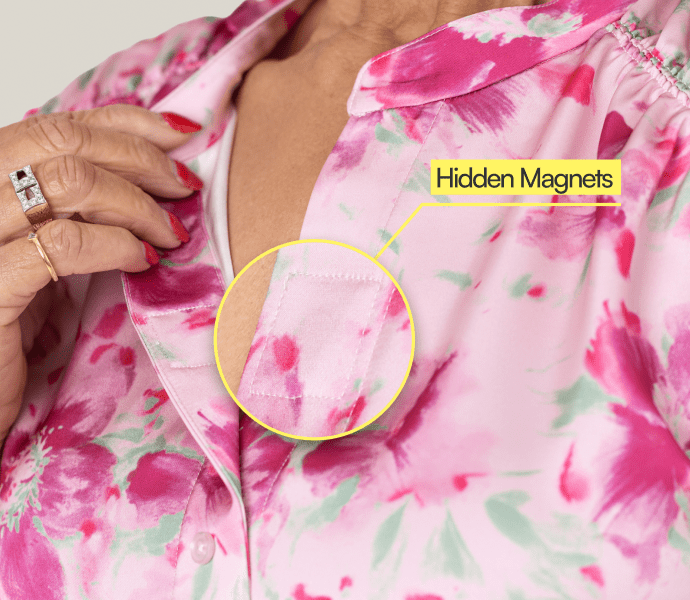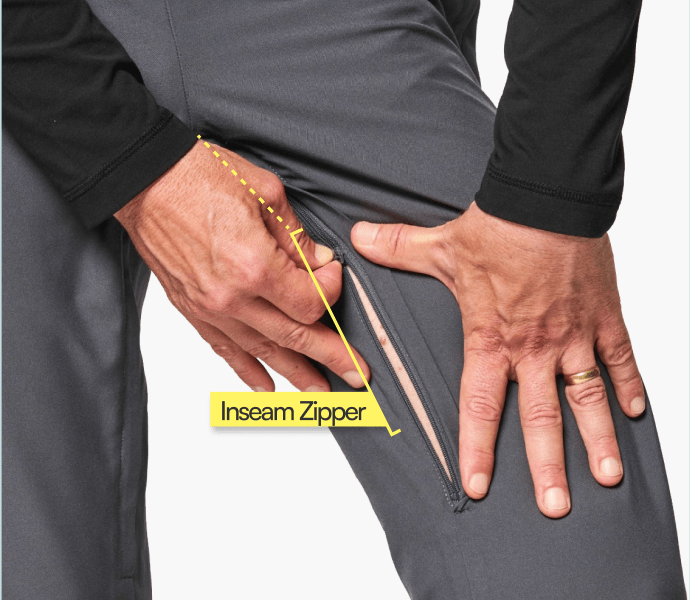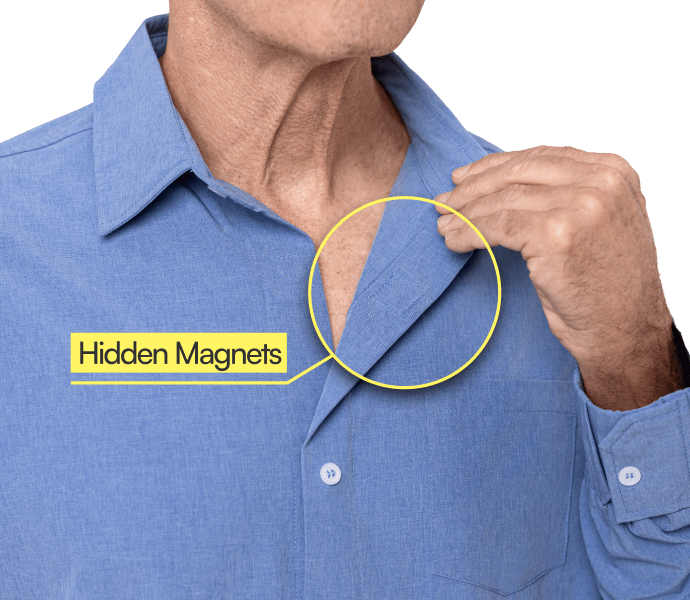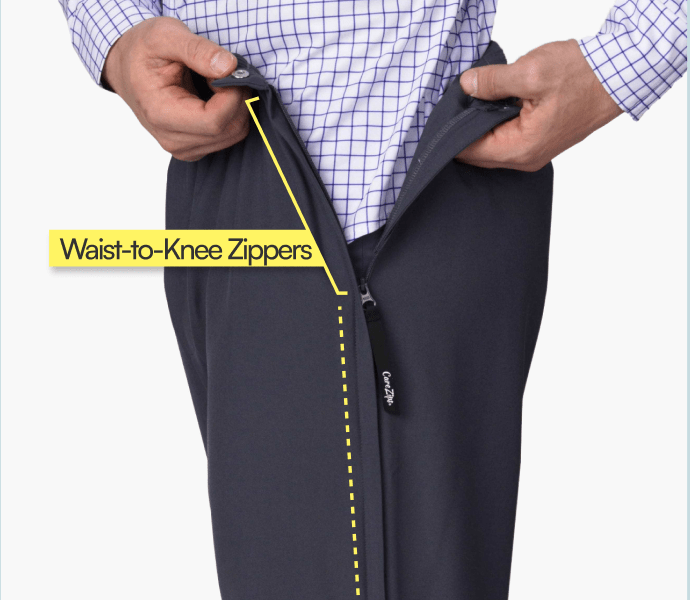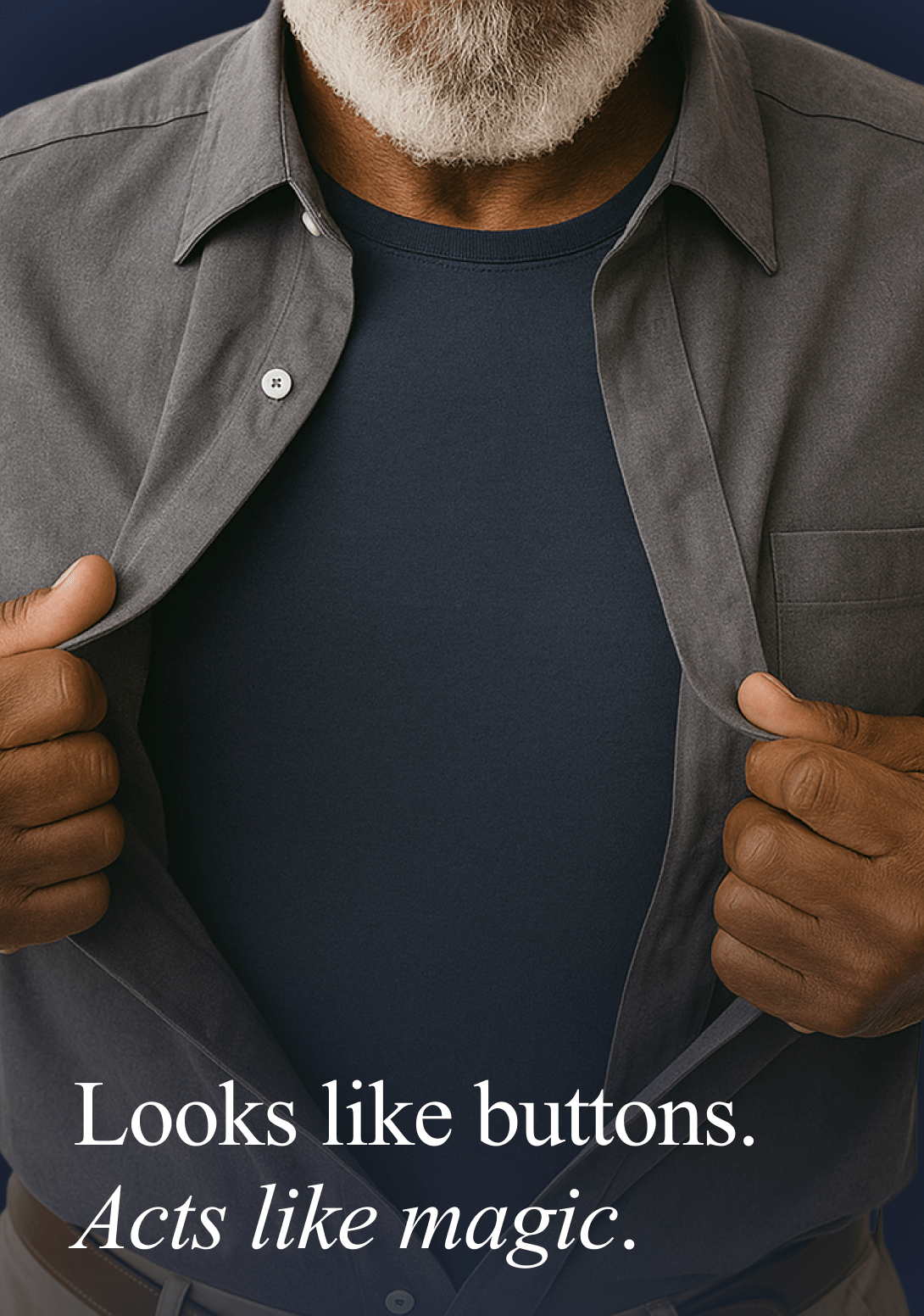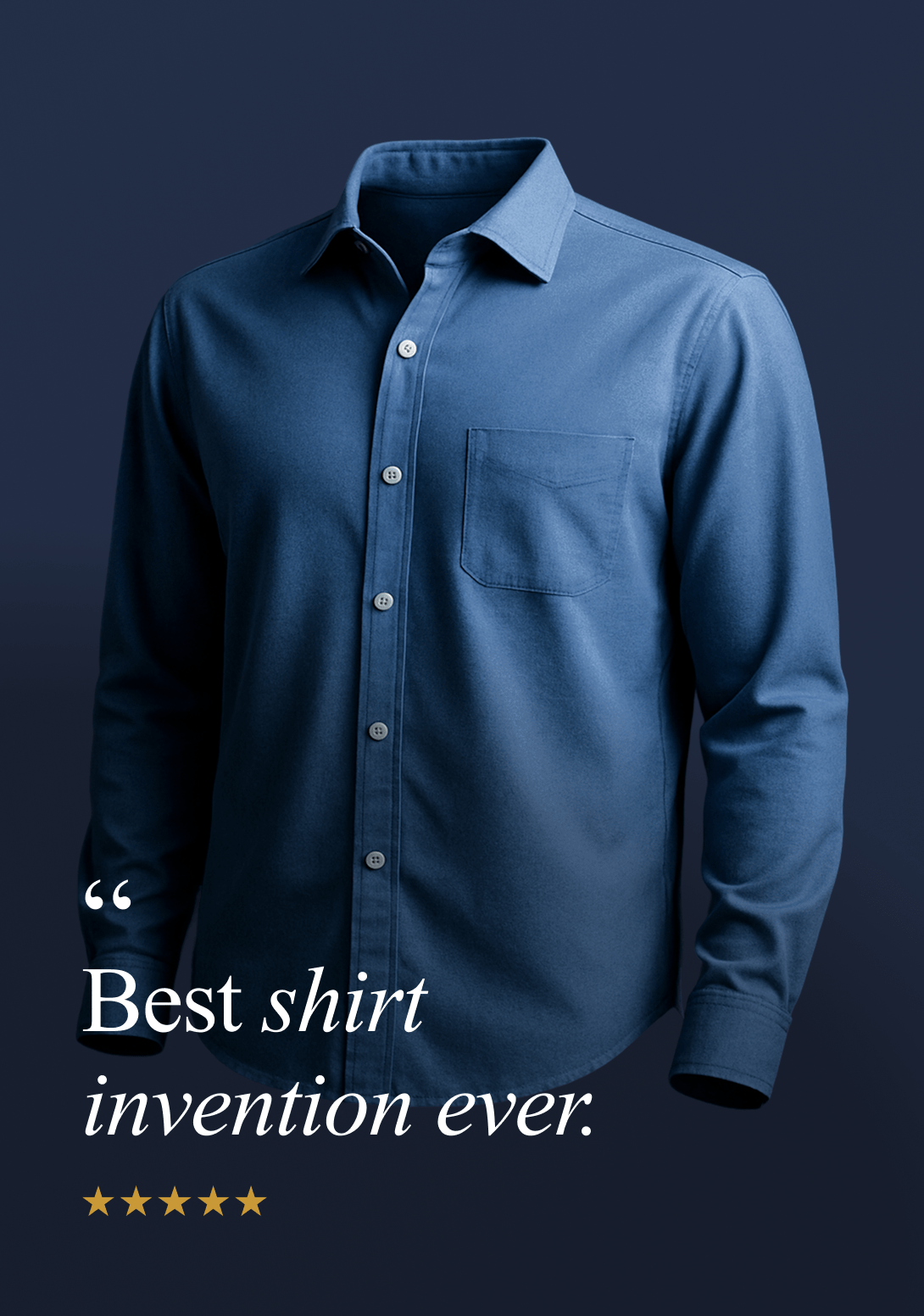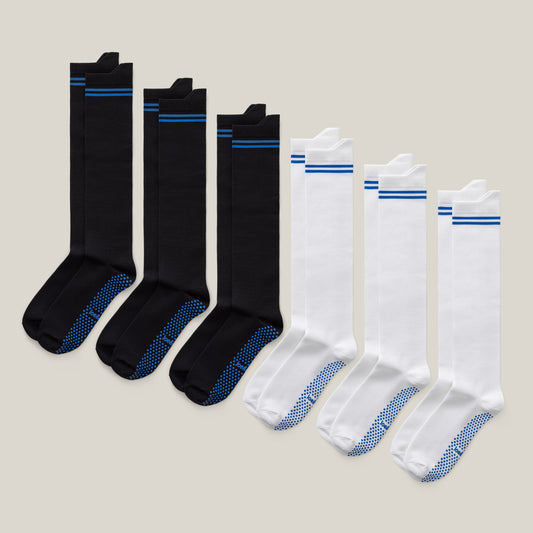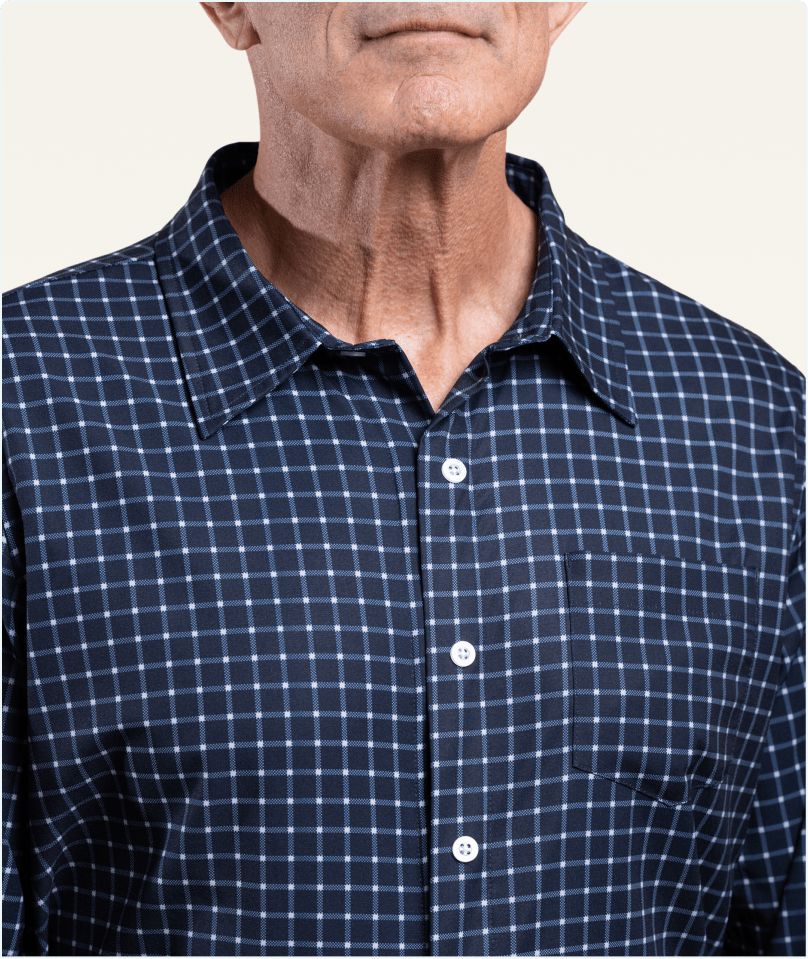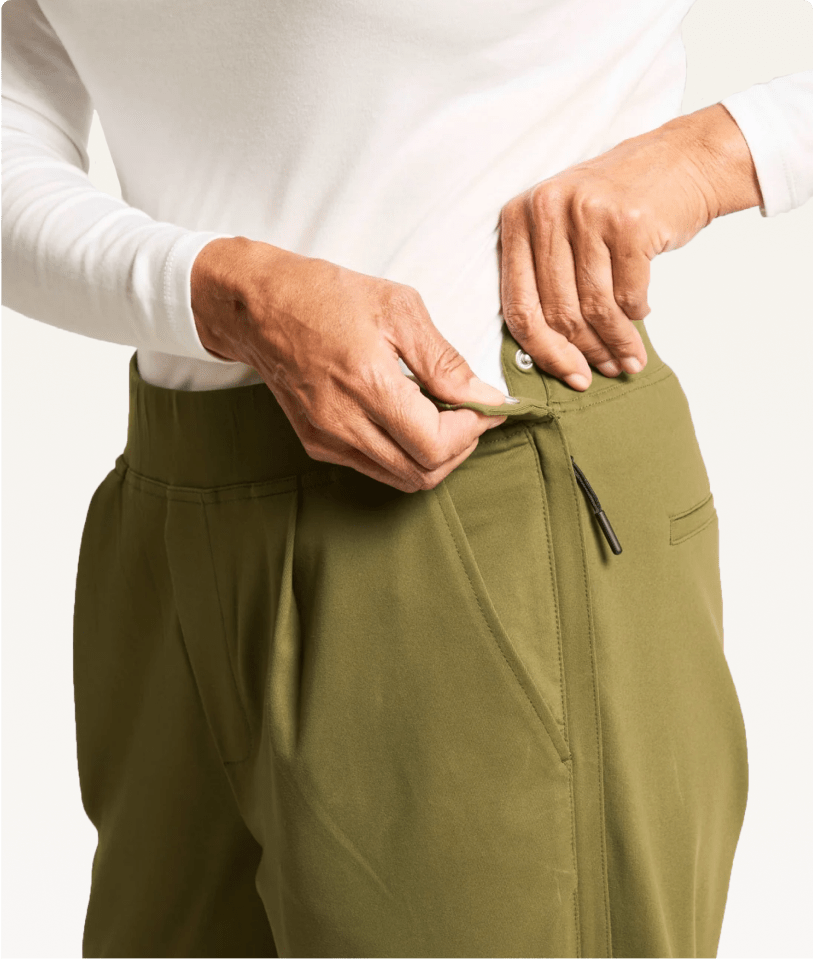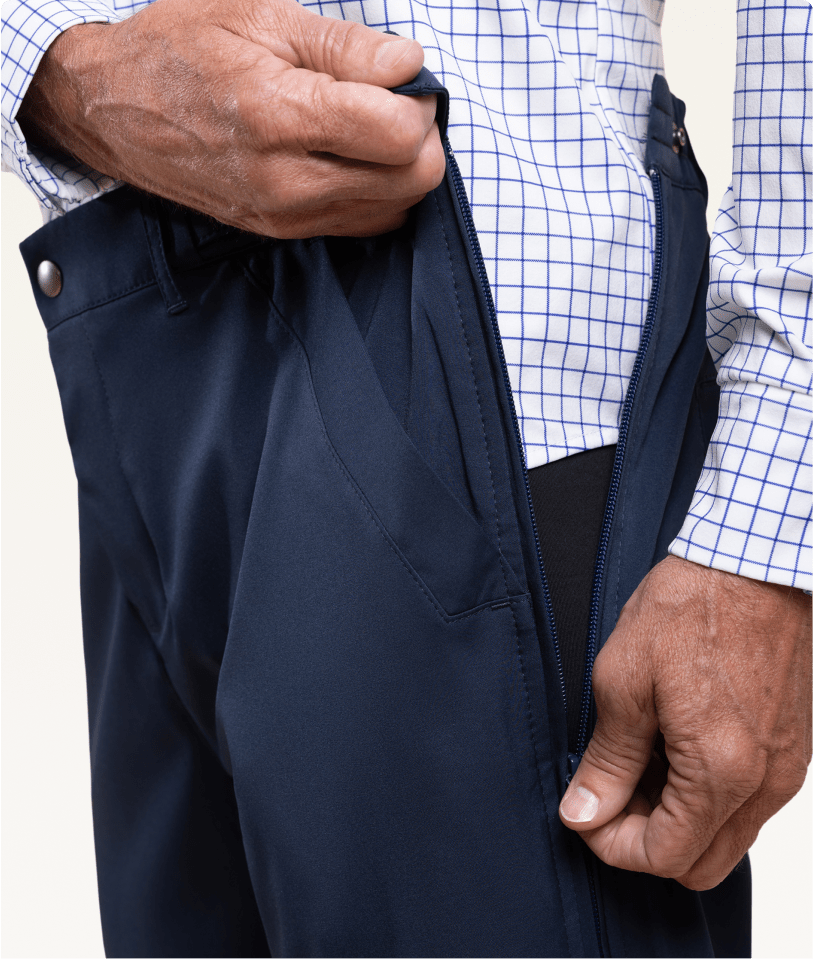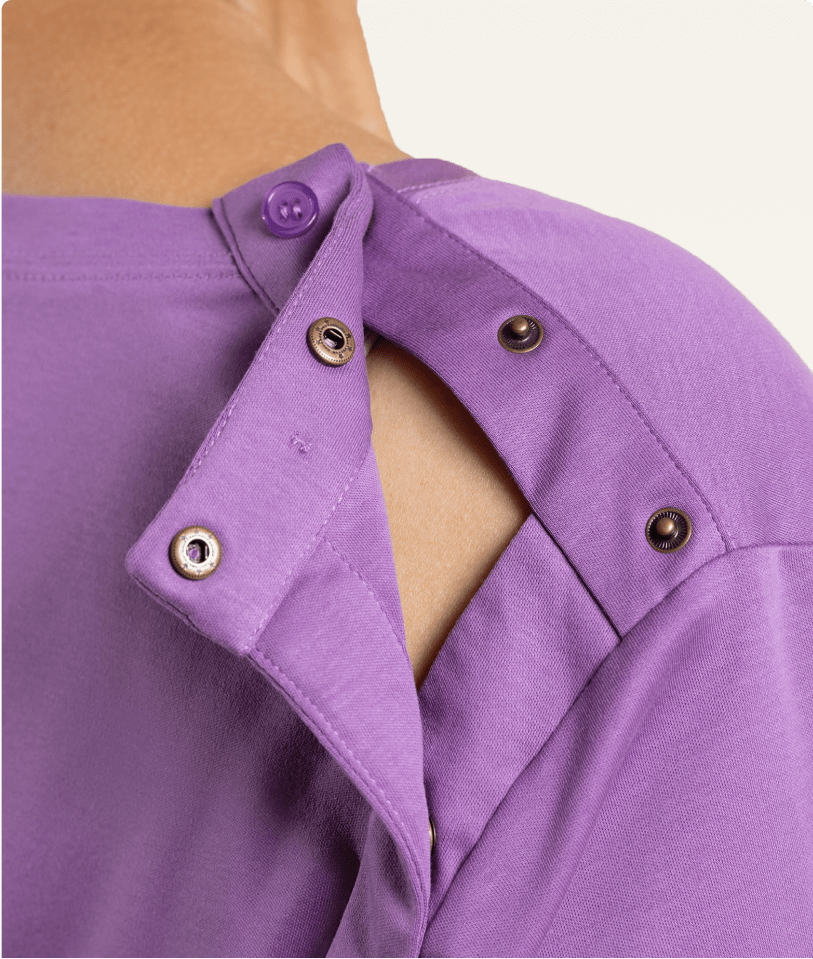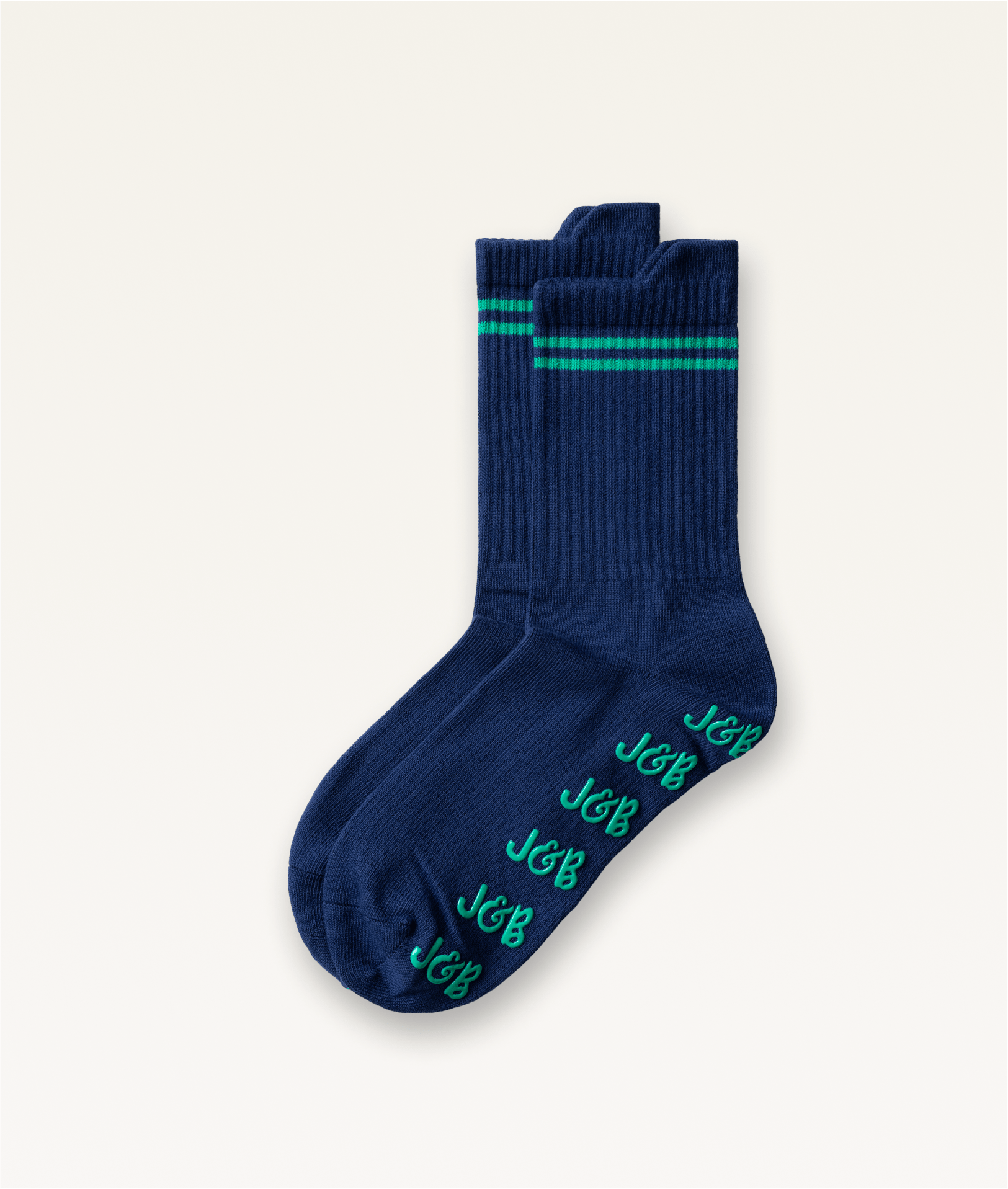-
 19% OffRegular price $88Regular priceUnit price per
19% OffRegular price $88Regular priceUnit price per$108Sale price $8819% Off




Short-Sleeve Everyday Magnetic-Button Shirt
Sale Sold outRegular price $88Regular priceUnit price per$108Sale price $88Only 6 left in stock — don’t miss out!
View Full Product DetailsCouldn't load pickup availability
-
 19% OffRegular price $88Regular priceUnit price per
19% OffRegular price $88Regular priceUnit price per$108Sale price $8819% Off





Short-Sleeve Everyday Magnetic-Button Shirt
Sale Sold outRegular price $88Regular priceUnit price per$108Sale price $88Only 6 left in stock — don’t miss out!
View Full Product DetailsCouldn't load pickup availability
-
 35% OffRegular price $70Regular priceUnit price per
35% OffRegular price $70Regular priceUnit price per$108Sale price $7035% Off




Short-Sleeve Everyday Magnetic-Button Shirt
Sale Sold outRegular price $88Regular priceUnit price per$108Sale price $88Only 6 left in stock — don’t miss out!
View Full Product DetailsCouldn't load pickup availability
-
 Best Seller 19% OffRegular price $88Regular priceUnit price per
Best Seller 19% OffRegular price $88Regular priceUnit price per$108Sale price $88Best Seller 19% Off





Everyday Magnetic Button-Down | Tailored-Fit
Sale Sold outRegular price $88Regular priceUnit price per$108Sale price $88Only 40 left in stock — don’t miss out!
View Full Product DetailsCouldn't load pickup availability
-
 19% OffRegular price $88Regular priceUnit price per
19% OffRegular price $88Regular priceUnit price per$108Sale price $8819% Off





Everyday Magnetic Button-Down | Tailored-Fit
Sale Sold outRegular price $88Regular priceUnit price per$108Sale price $88Only 40 left in stock — don’t miss out!
View Full Product DetailsCouldn't load pickup availability
-
 19% OffRegular price $88Regular priceUnit price per
19% OffRegular price $88Regular priceUnit price per$108Sale price $8819% Off






Everyday Magnetic Button-Down | Tailored-Fit
Sale Sold outRegular price $88Regular priceUnit price per$108Sale price $88Only 40 left in stock — don’t miss out!
View Full Product DetailsCouldn't load pickup availability
-
 19% OffRegular price $88Regular priceUnit price per
19% OffRegular price $88Regular priceUnit price per$108Sale price $8819% Off





Everyday Magnetic Button-Down | Tailored-Fit
Sale Sold outRegular price $88Regular priceUnit price per$108Sale price $88Only 40 left in stock — don’t miss out!
View Full Product DetailsCouldn't load pickup availability
-
 19% OffRegular price $88Regular priceUnit price per
19% OffRegular price $88Regular priceUnit price per$108Sale price $8819% Off




Everyday Magnetic Button-Down | Tailored-Fit
Sale Sold outRegular price $88Regular priceUnit price per$108Sale price $88Only 40 left in stock — don’t miss out!
View Full Product DetailsCouldn't load pickup availability
-
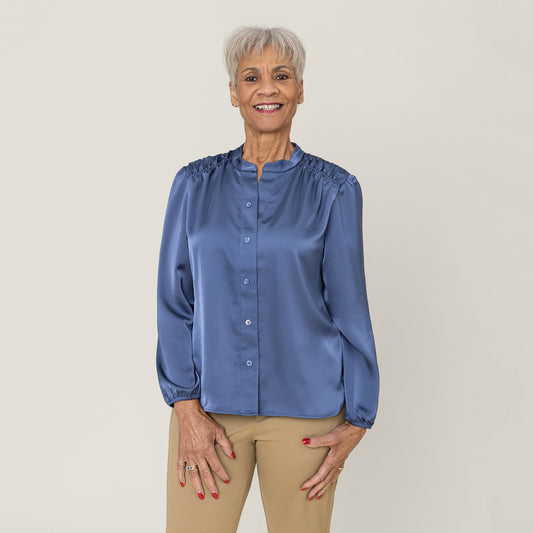 11% OffRegular price $78Regular priceUnit price per
11% OffRegular price $78Regular priceUnit price per$88Sale price $7811% Off
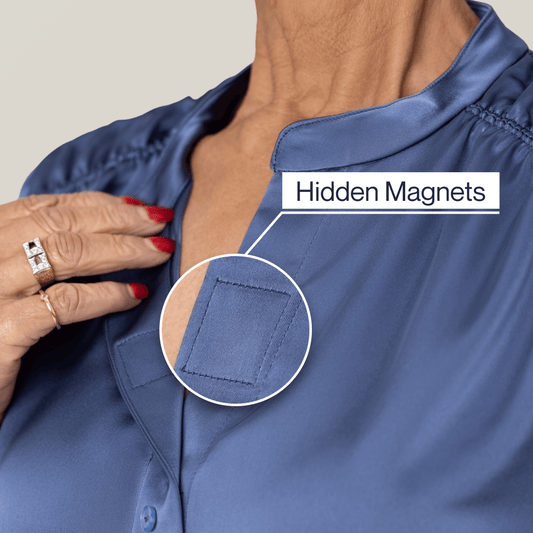
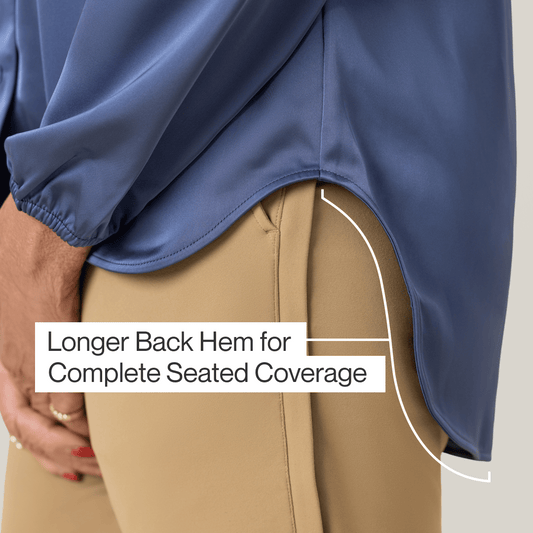
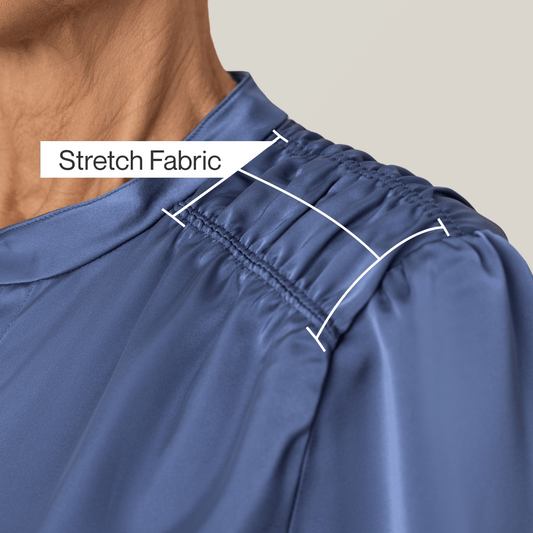
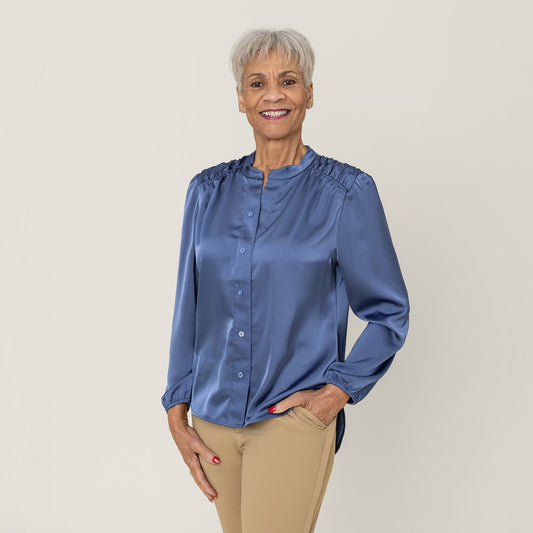
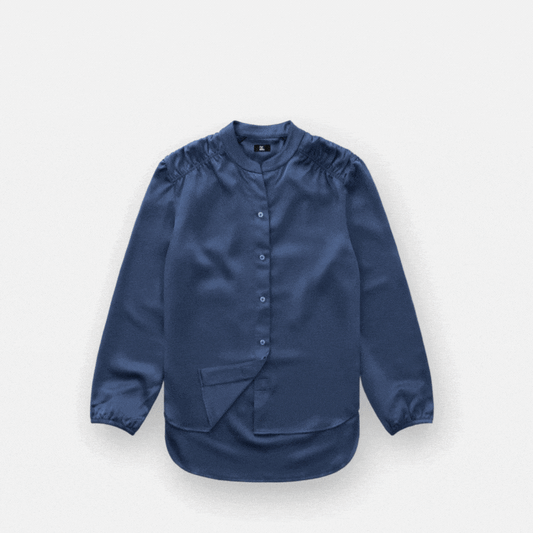
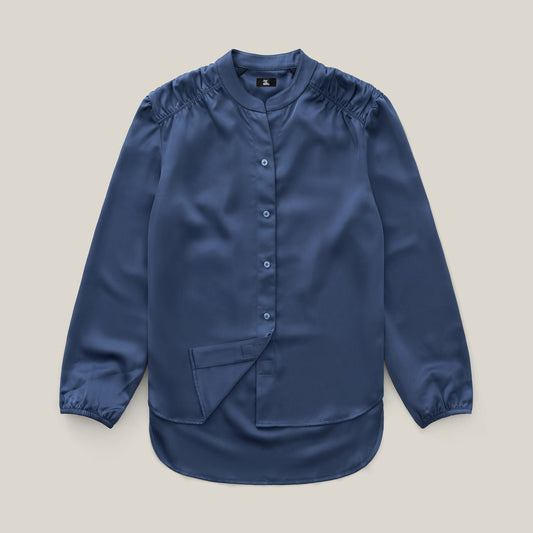
Everyday Magnetic Button Blouse
Sale Sold outRegular price $78Regular priceUnit price per$88Sale price $78Only 1 left in stock — don’t miss out!
View Full Product DetailsCouldn't load pickup availability
-
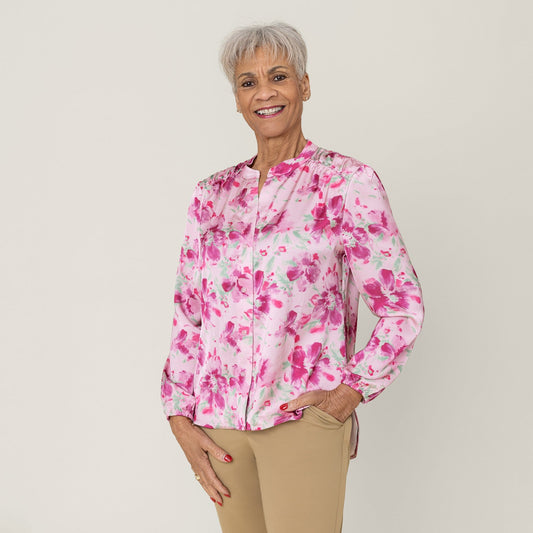 Regular price $88Regular priceUnit price per
Regular price $88Regular priceUnit price per$88Sale price $880% Off

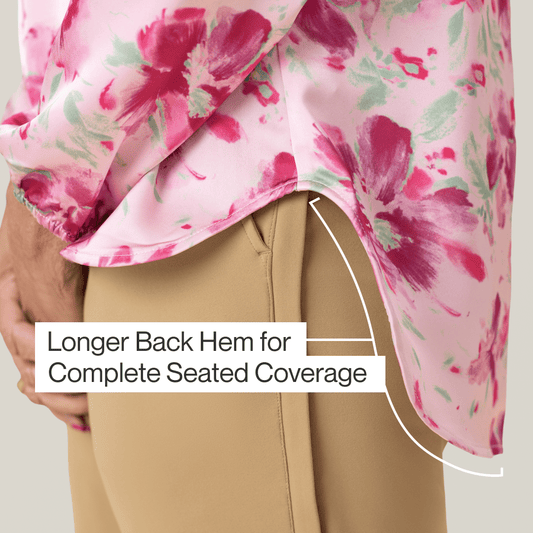
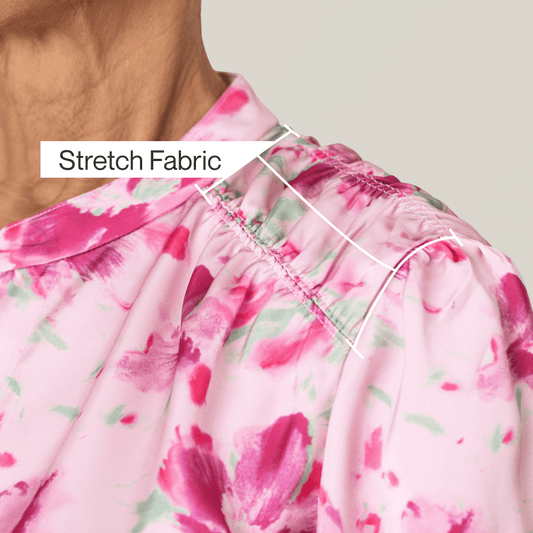
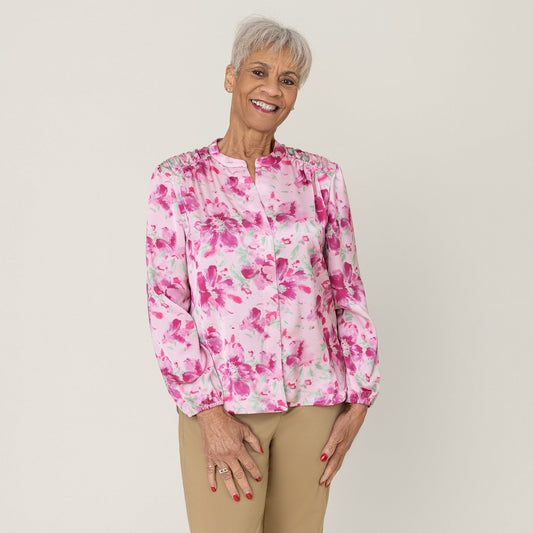
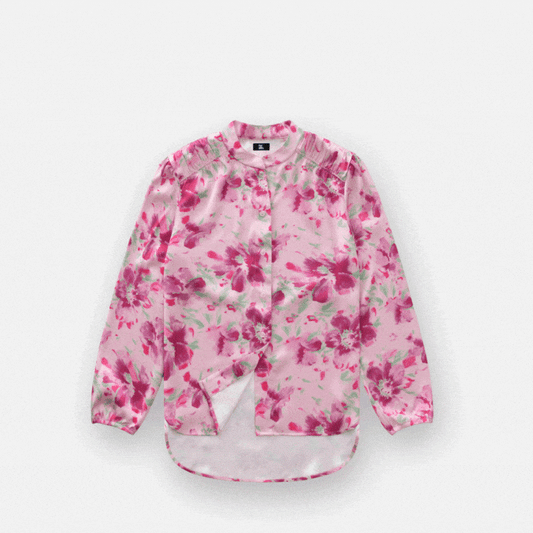
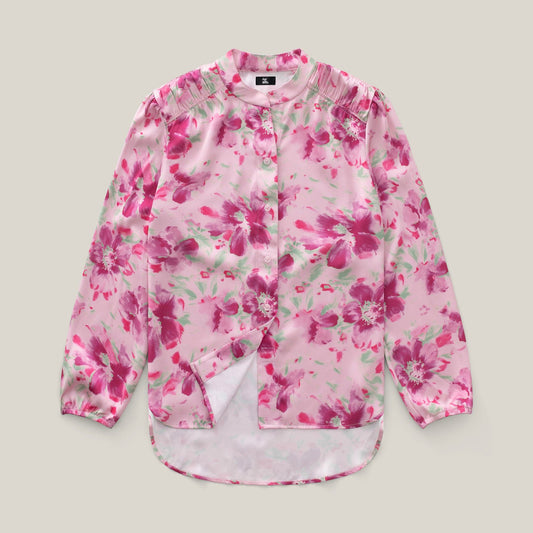
Everyday Magnetic Button Blouse
Sale Sold outRegular price $78Regular priceUnit price per$88Sale price $78Only 1 left in stock — don’t miss out!
View Full Product DetailsCouldn't load pickup availability
-
 Regular price $88Regular priceUnit price per
Regular price $88Regular priceUnit price per$88Sale price $880% Off
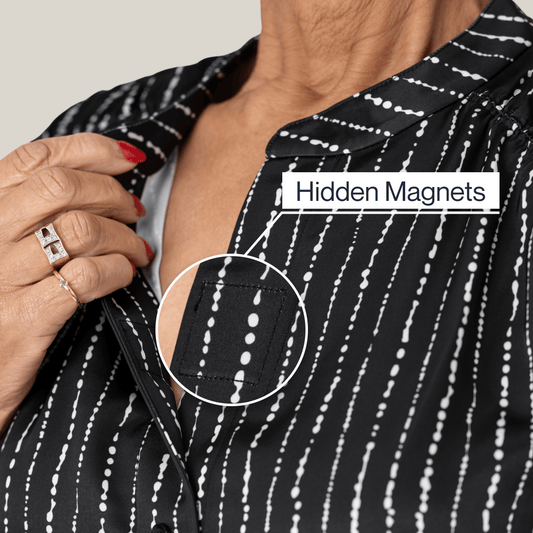


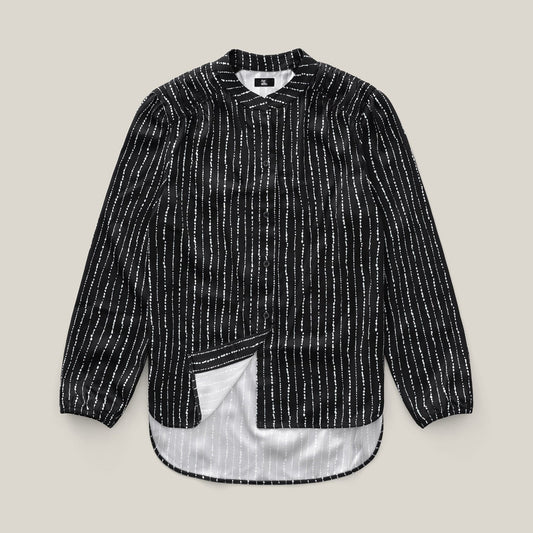
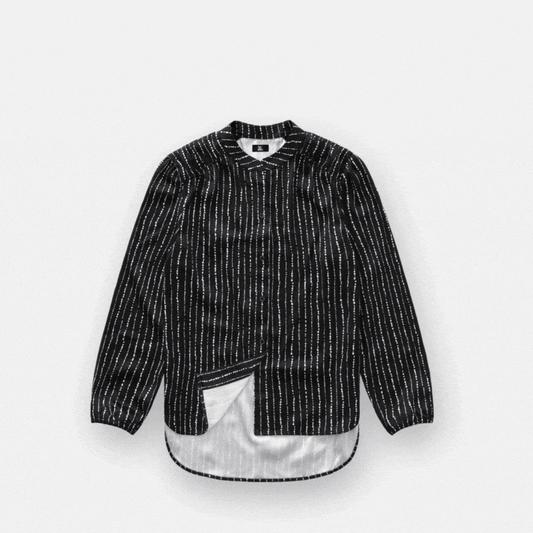
Everyday Magnetic Button Blouse
Sale Sold outRegular price $78Regular priceUnit price per$88Sale price $78Only 1 left in stock — don’t miss out!
View Full Product DetailsCouldn't load pickup availability
-
 Regular price $128Regular priceUnit price per
Regular price $128Regular priceUnit price per$128Sale price $128







Signature Magnetic Zip-Up Sweater For Men
Sale Sold outRegular price $128Regular priceUnit price per$128Sale price $128Only 5 left in stock — don’t miss out!
View Full Product DetailsCouldn't load pickup availability
-
 Regular price $128Regular priceUnit price per
Regular price $128Regular priceUnit price per$128Sale price $128






Signature Magnetic Zip-Up Sweater For Men
Sale Sold outRegular price $128Regular priceUnit price per$128Sale price $128Only 5 left in stock — don’t miss out!
View Full Product DetailsCouldn't load pickup availability
-
 19% OffRegular price $88Regular priceUnit price per
19% OffRegular price $88Regular priceUnit price per$108Sale price $8819% Off





Everyday Magnetic Flannel
Sale Sold outRegular price $88Regular priceUnit price per$108Sale price $88Only 13 left in stock — don’t miss out!
View Full Product DetailsCouldn't load pickup availability
-
 19% OffRegular price $88Regular priceUnit price per
19% OffRegular price $88Regular priceUnit price per$108Sale price $8819% Off





Everyday Magnetic Flannel
Sale Sold outRegular price $88Regular priceUnit price per$108Sale price $88Only 13 left in stock — don’t miss out!
View Full Product DetailsCouldn't load pickup availability
-
 19% OffRegular price $88Regular priceUnit price per
19% OffRegular price $88Regular priceUnit price per$108Sale price $8819% Off





Everyday Magnetic Flannel
Sale Sold outRegular price $88Regular priceUnit price per$108Sale price $88Only 13 left in stock — don’t miss out!
View Full Product DetailsCouldn't load pickup availability
-
 19% OffRegular price $88Regular priceUnit price per
19% OffRegular price $88Regular priceUnit price per$108Sale price $8819% Off






Magnetic Button-Down | Relaxed-Fit
Sale Sold outRegular price $88Regular priceUnit price per$108Sale price $88Only 23 left in stock — don’t miss out!
View Full Product DetailsCouldn't load pickup availability
-
 19% OffRegular price $88Regular priceUnit price per
19% OffRegular price $88Regular priceUnit price per$108Sale price $8819% Off





Magnetic Button-Down | Relaxed-Fit
Sale Sold outRegular price $88Regular priceUnit price per$108Sale price $88Only 23 left in stock — don’t miss out!
View Full Product DetailsCouldn't load pickup availability
-
 Best Seller 19% OffRegular price $88Regular priceUnit price per
Best Seller 19% OffRegular price $88Regular priceUnit price per$108Sale price $88Best Seller 19% Off






Magnetic Button-Down | Relaxed-Fit
Sale Sold outRegular price $88Regular priceUnit price per$108Sale price $88Only 23 left in stock — don’t miss out!
View Full Product DetailsCouldn't load pickup availability
-
 19% OffRegular price $88Regular priceUnit price per
19% OffRegular price $88Regular priceUnit price per$108Sale price $8819% Off




Magnetic Button-Down | Relaxed-Fit
Sale Sold outRegular price $88Regular priceUnit price per$108Sale price $88Only 23 left in stock — don’t miss out!
View Full Product DetailsCouldn't load pickup availability
-
 19% OffRegular price $88Regular priceUnit price per
19% OffRegular price $88Regular priceUnit price per$108Sale price $8819% Off




Magnetic Button-Down | Relaxed-Fit
Sale Sold outRegular price $88Regular priceUnit price per$108Sale price $88Only 23 left in stock — don’t miss out!
View Full Product DetailsCouldn't load pickup availability
-
 59% OffRegular price $44Regular priceUnit price per
59% OffRegular price $44Regular priceUnit price per$108Sale price $4459% Off




Magnetic Button-Down | Relaxed-Fit
Sale Sold outRegular price $88Regular priceUnit price per$108Sale price $88Only 23 left in stock — don’t miss out!
View Full Product DetailsCouldn't load pickup availability
-
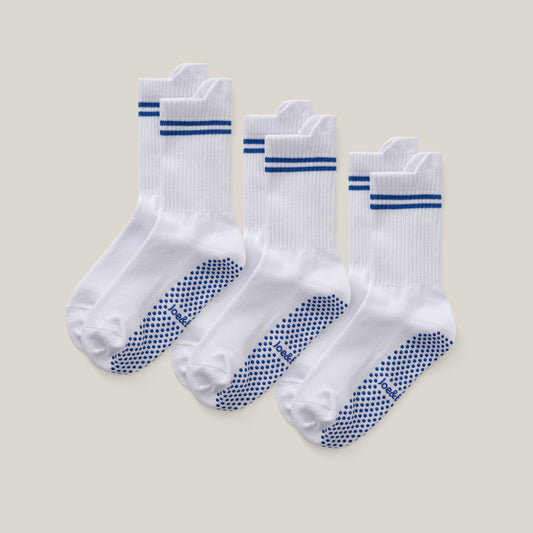 23% OffRegular price $34Regular priceUnit price per
23% OffRegular price $34Regular priceUnit price per$44Sale price $3423% Off
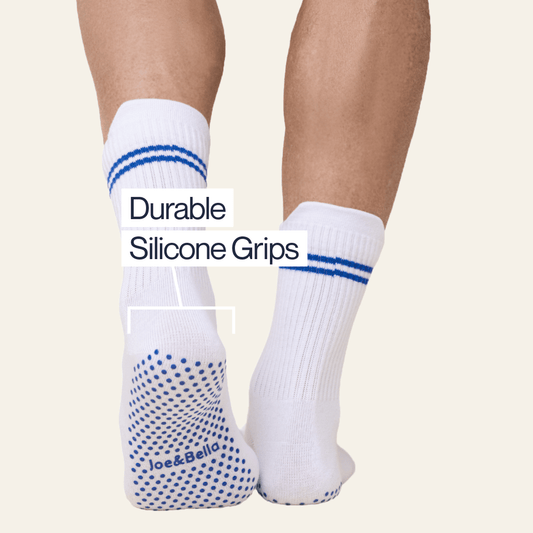

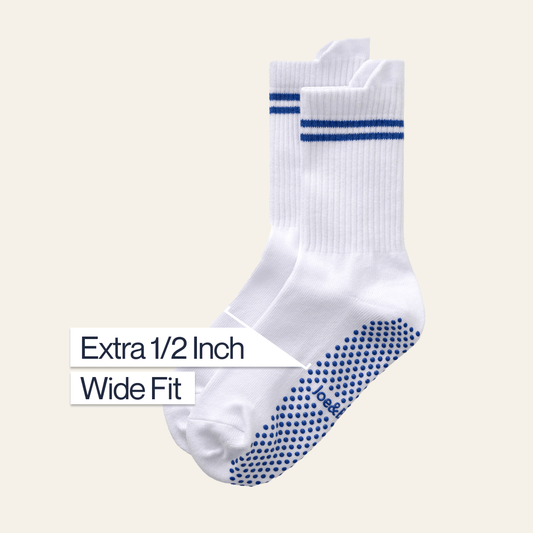
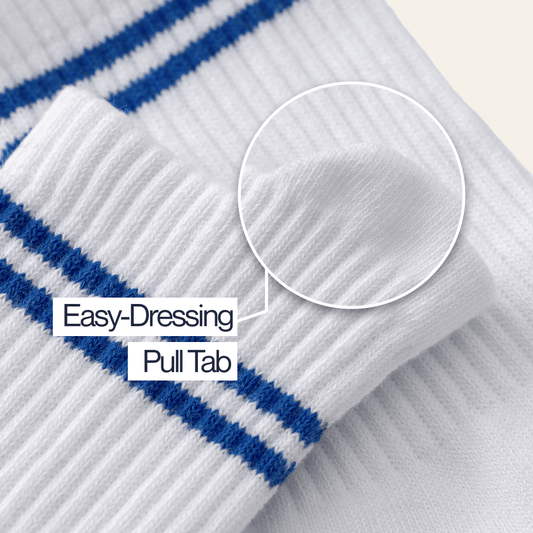
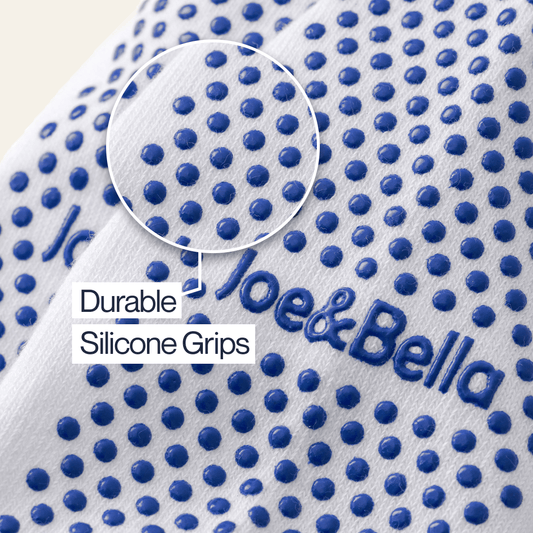
Everyday Gripper Socks 3-Pack
Sale Sold outRegular price $34Regular priceUnit price per$44Sale price $34Only 18 left in stock — don’t miss out!
View Full Product DetailsCouldn't load pickup availability
-
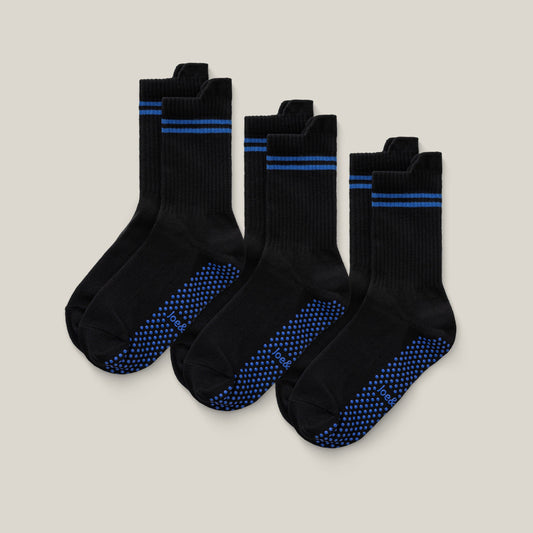 Regular price $44Regular priceUnit price per
Regular price $44Regular priceUnit price per$44Sale price $440% Off
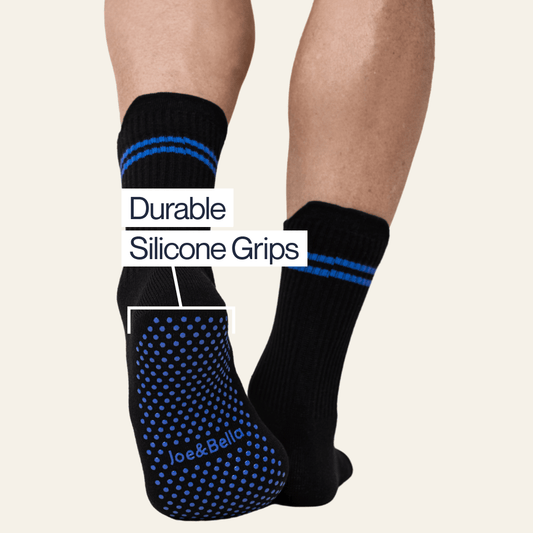
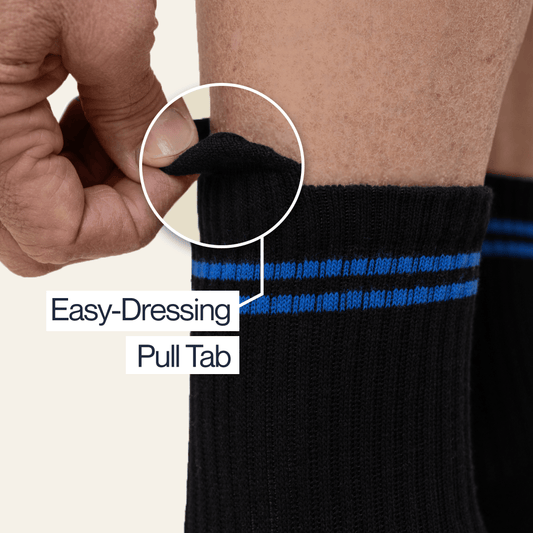
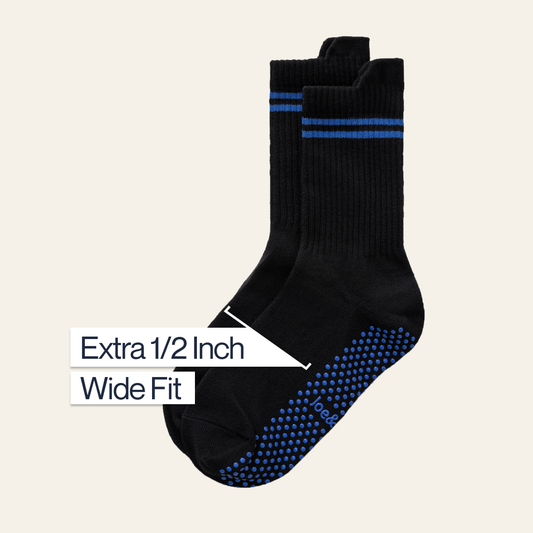
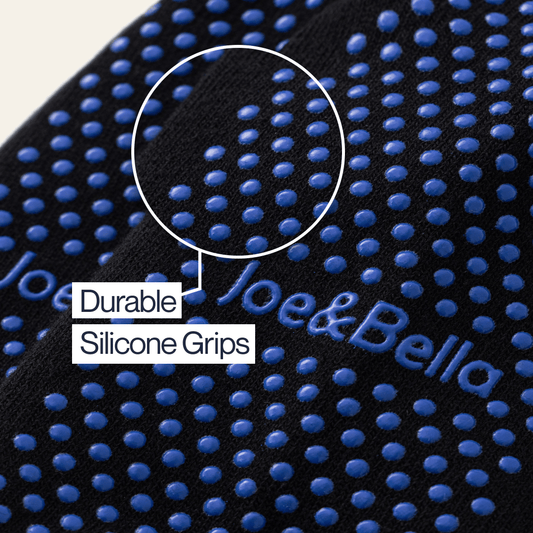
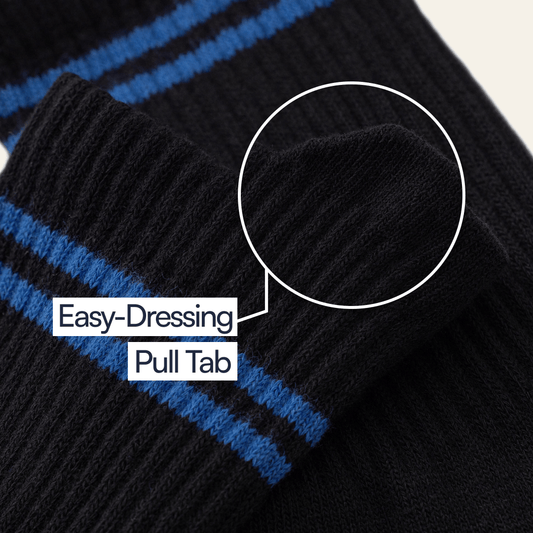
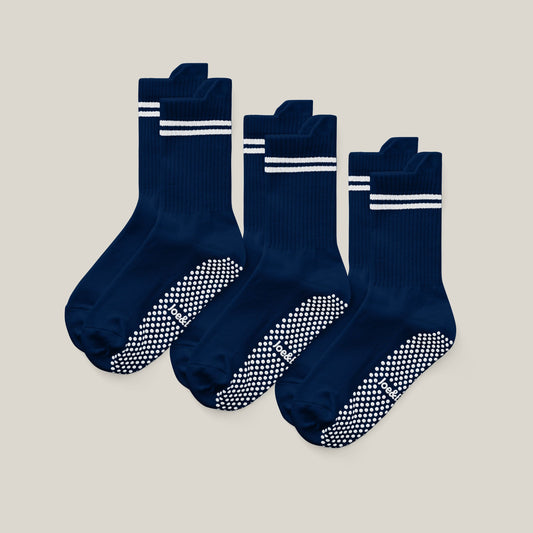
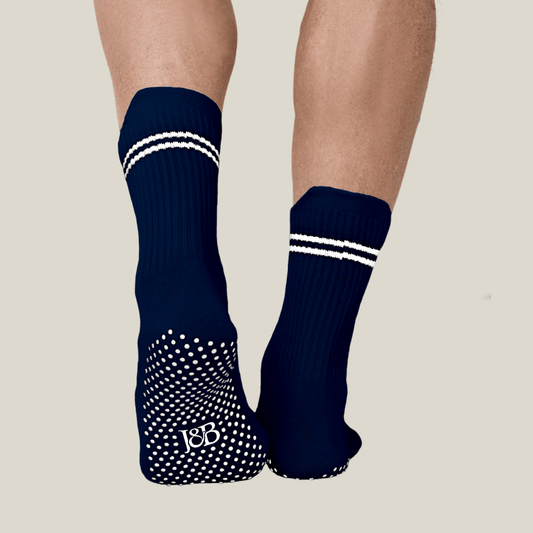
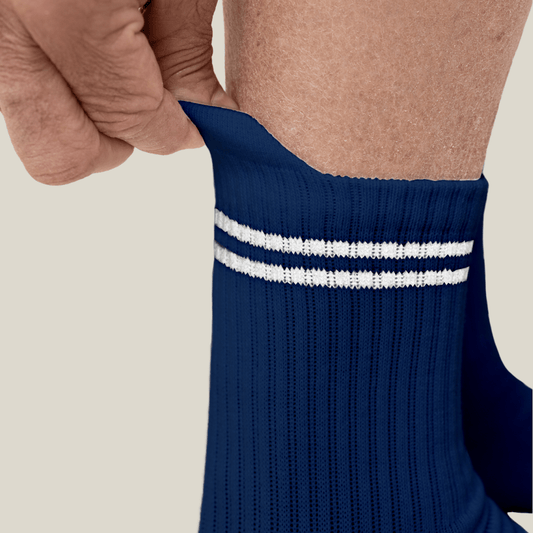
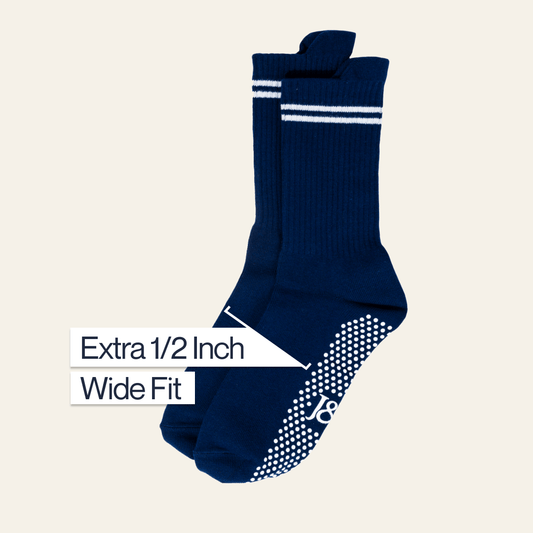
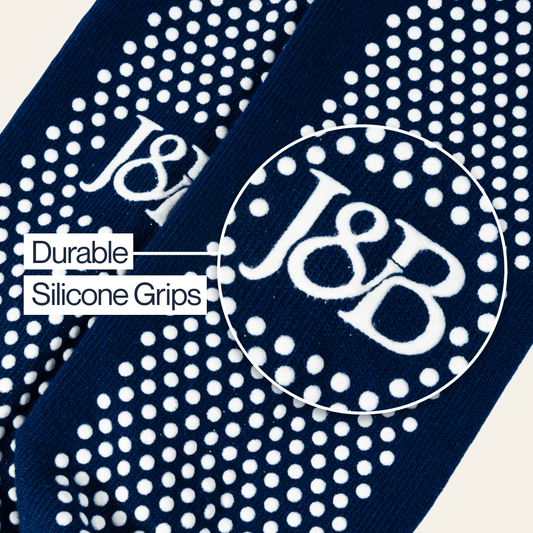
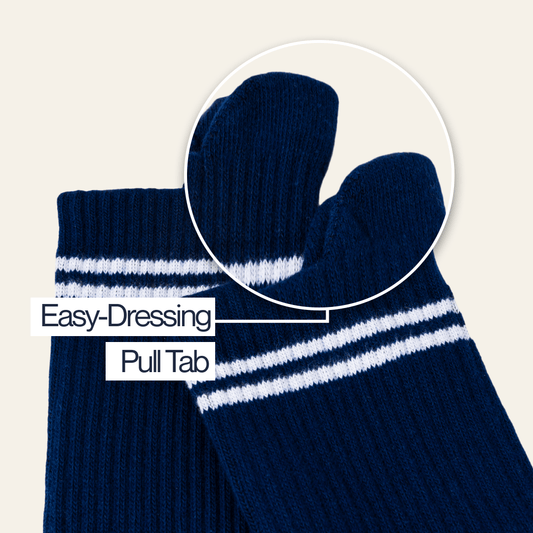
Everyday Gripper Socks 3-Pack
Sale Sold outRegular price $34Regular priceUnit price per$44Sale price $34Only 18 left in stock — don’t miss out!
View Full Product DetailsCouldn't load pickup availability
-
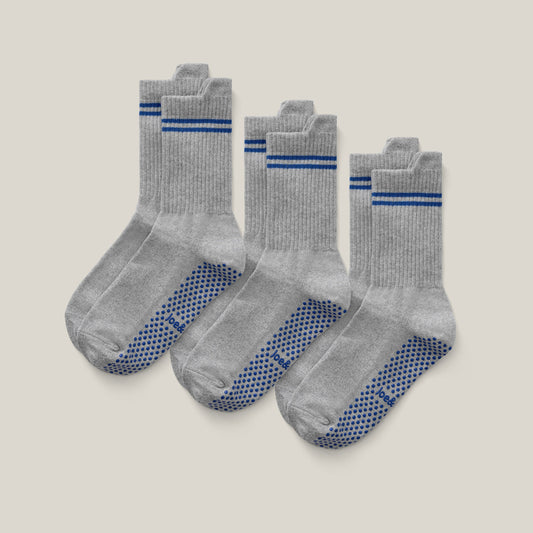 Regular price $44Regular priceUnit price per
Regular price $44Regular priceUnit price per$44Sale price $440% Off
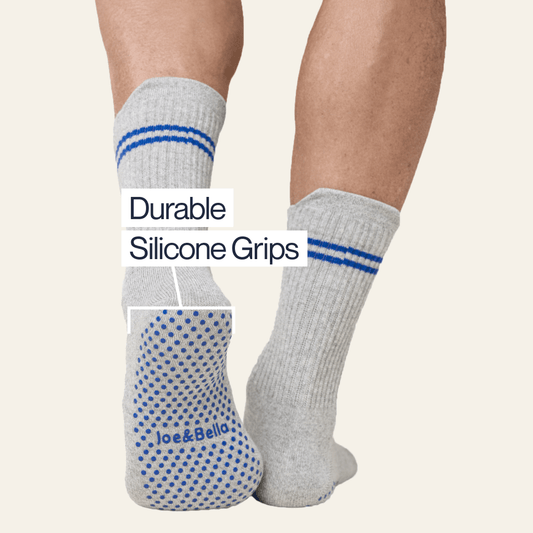
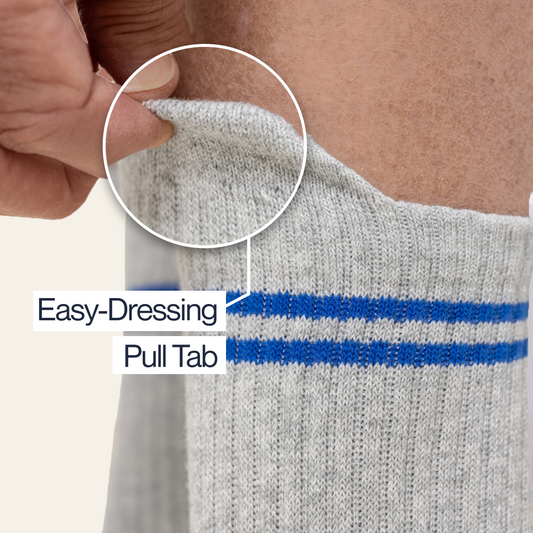

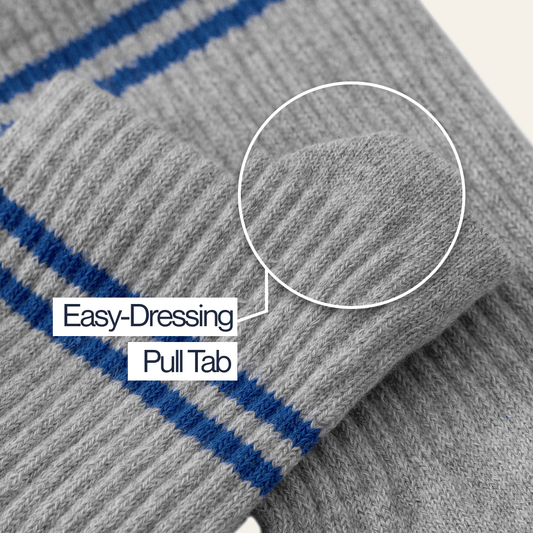
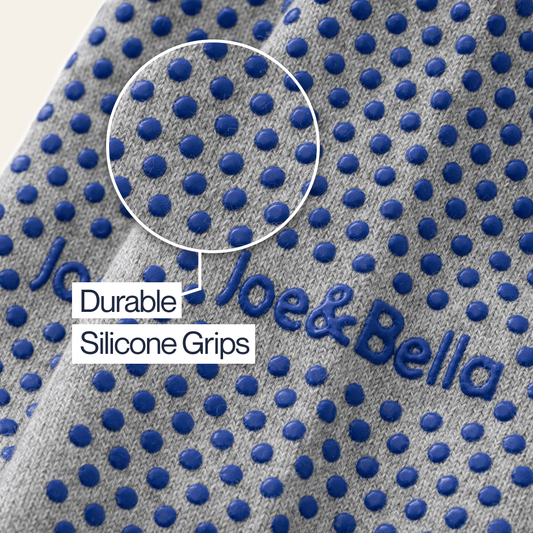
Everyday Gripper Socks 3-Pack
Sale Sold outRegular price $34Regular priceUnit price per$44Sale price $34Only 18 left in stock — don’t miss out!
View Full Product DetailsCouldn't load pickup availability
-
 Regular price $44Regular priceUnit price per
Regular price $44Regular priceUnit price per$44Sale price $440% Off





Everyday Gripper Socks 3-Pack
Sale Sold outRegular price $34Regular priceUnit price per$44Sale price $34Only 18 left in stock — don’t miss out!
View Full Product DetailsCouldn't load pickup availability
-
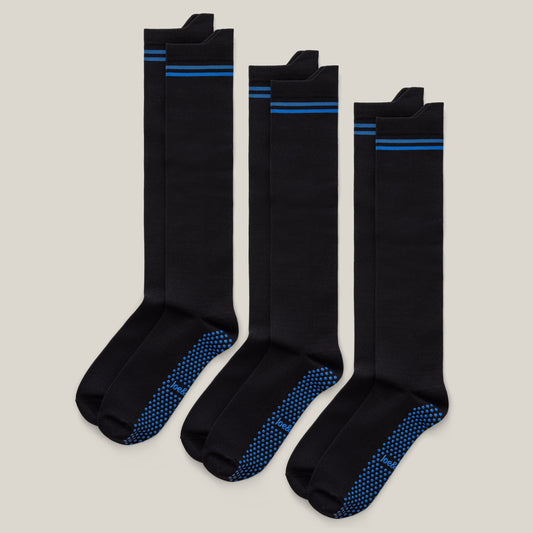 19% OffRegular price $44Regular priceUnit price per
19% OffRegular price $44Regular priceUnit price per$54Sale price $4419% Off
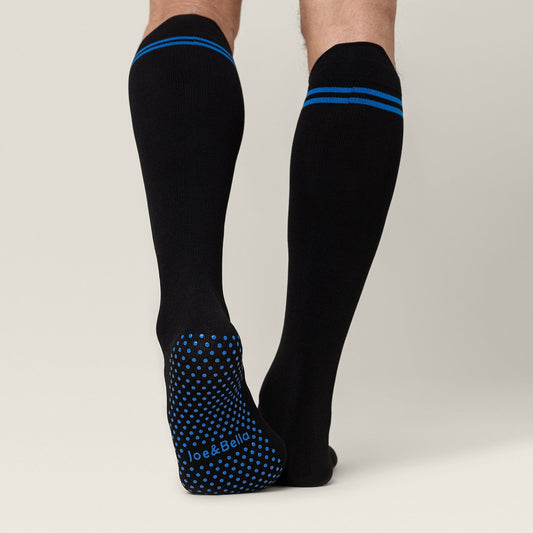
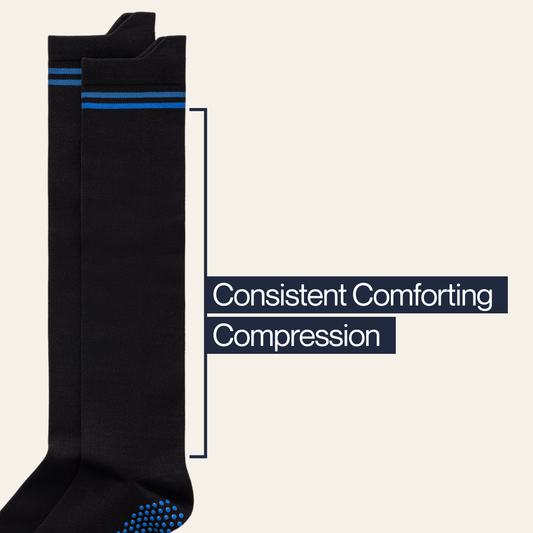
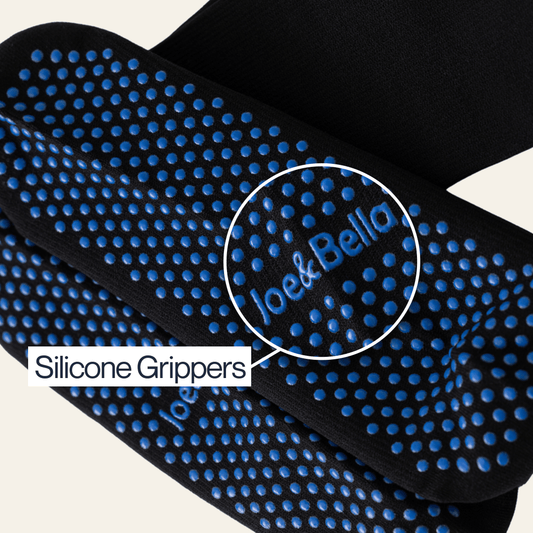
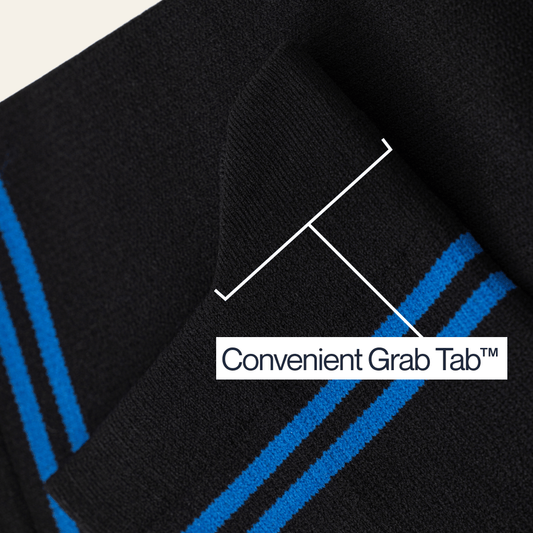
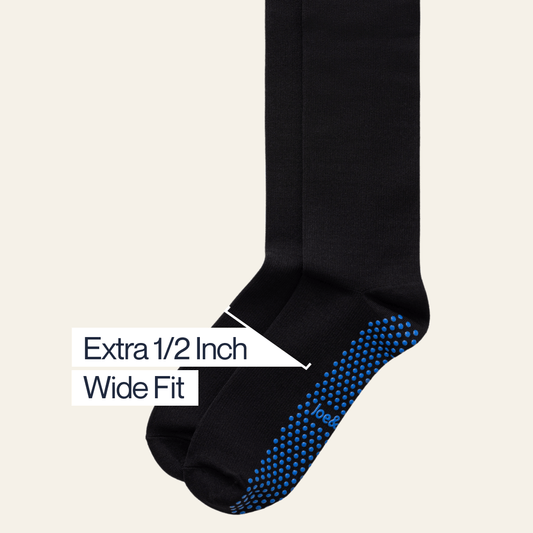
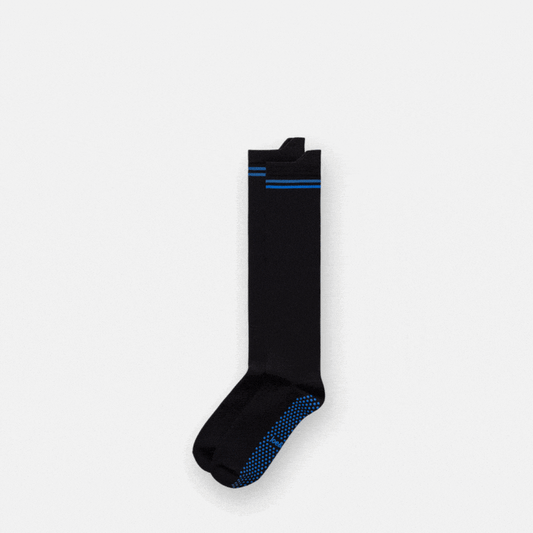
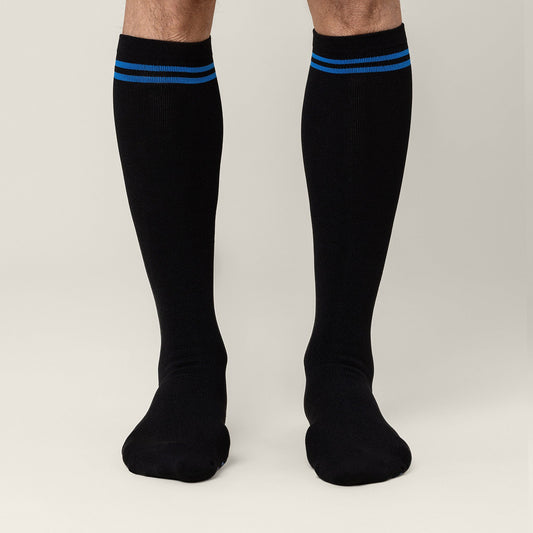
Big-Grip No-Slip Compression Socks: 3-Pack
Sale Sold outRegular price $44Regular priceUnit price per$54Sale price $44Only 31 left in stock — don’t miss out!
View Full Product DetailsCouldn't load pickup availability
-
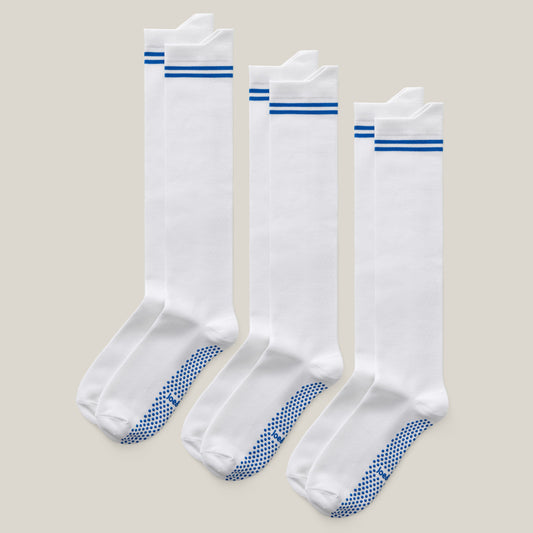 19% OffRegular price $44Regular priceUnit price per
19% OffRegular price $44Regular priceUnit price per$54Sale price $4419% Off

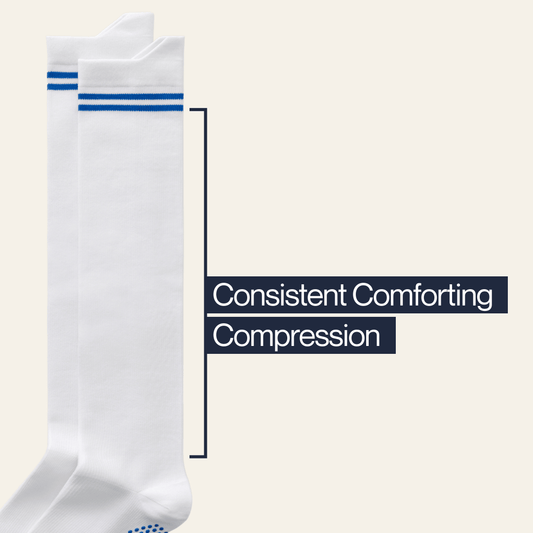
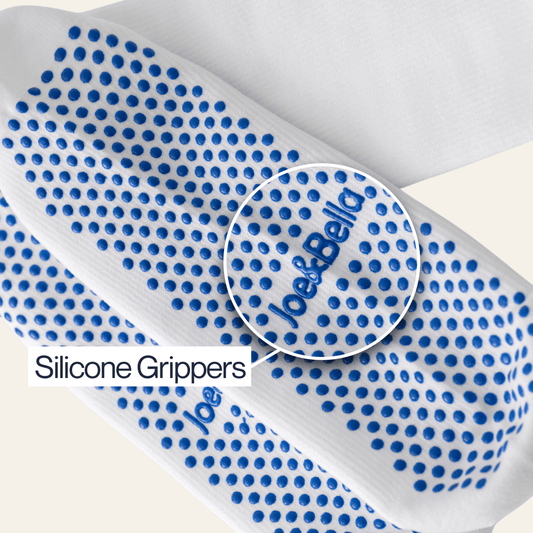
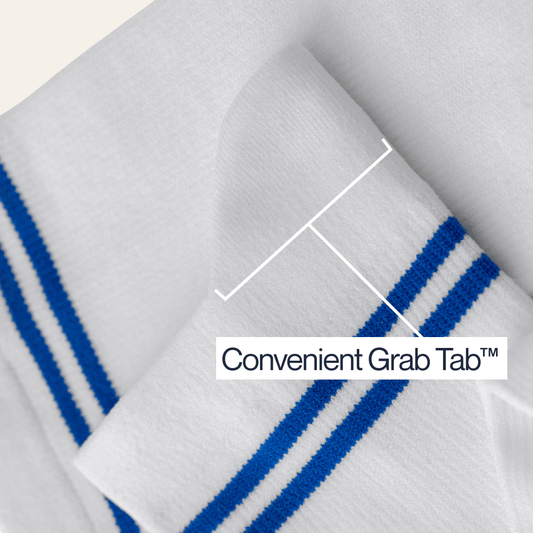
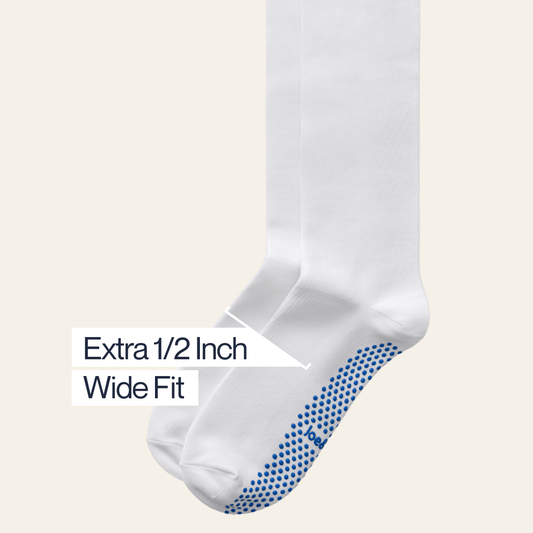
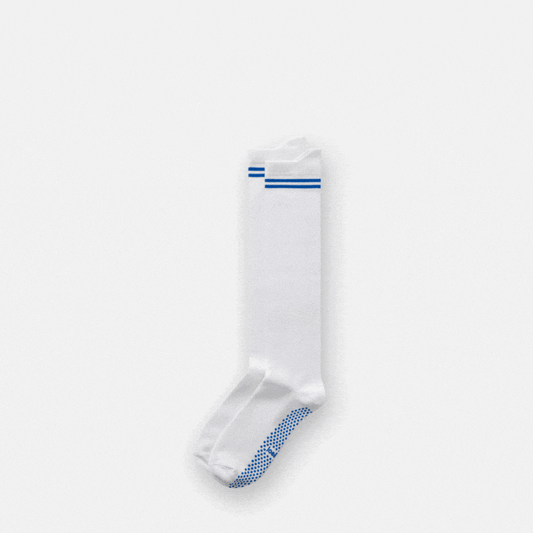
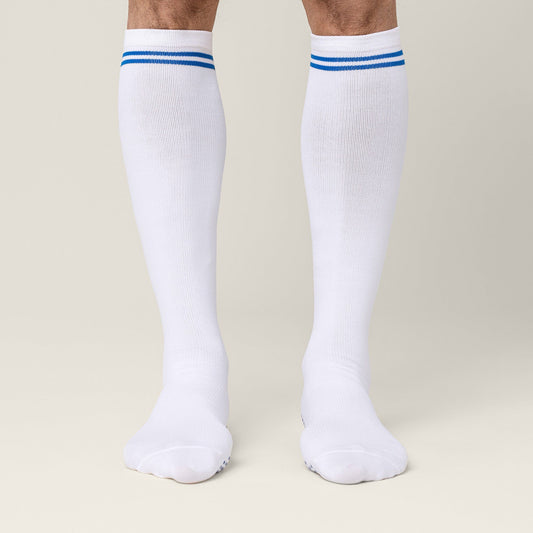
Big-Grip No-Slip Compression Socks: 3-Pack
Sale Sold outRegular price $44Regular priceUnit price per$54Sale price $44Only 31 left in stock — don’t miss out!
View Full Product DetailsCouldn't load pickup availability
-
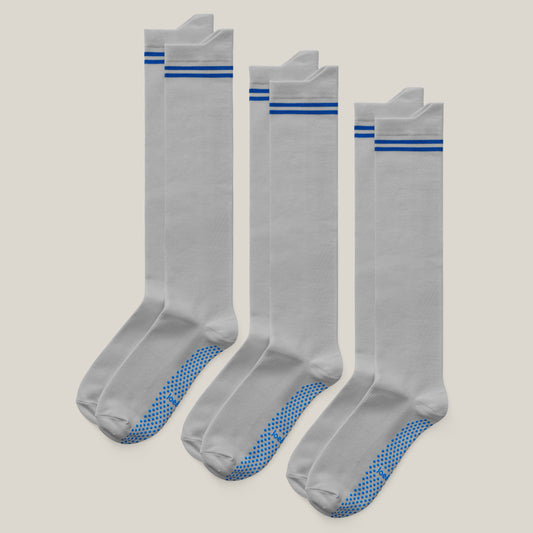 19% OffRegular price $44Regular priceUnit price per
19% OffRegular price $44Regular priceUnit price per$54Sale price $4419% Off

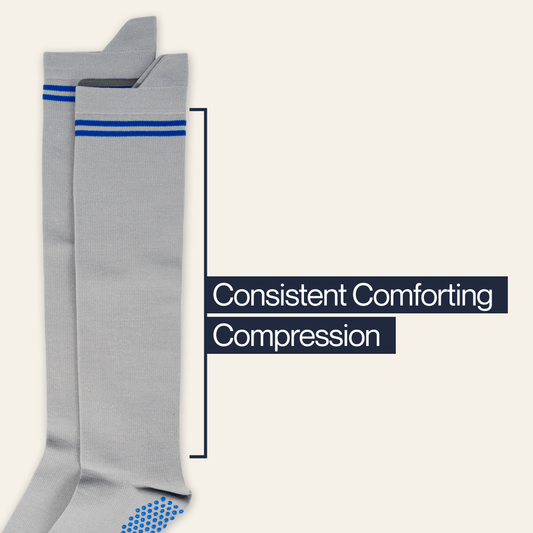

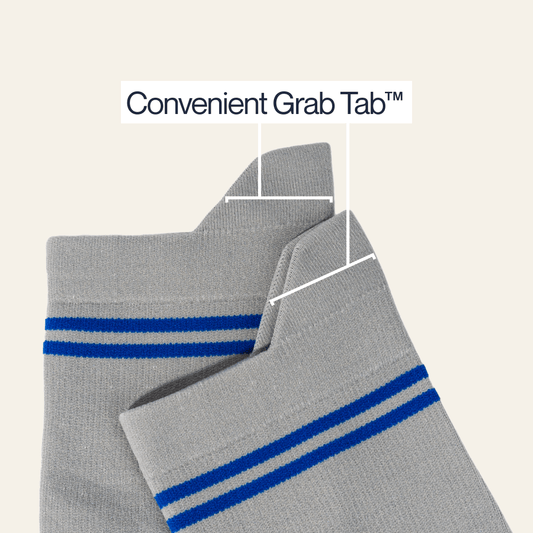
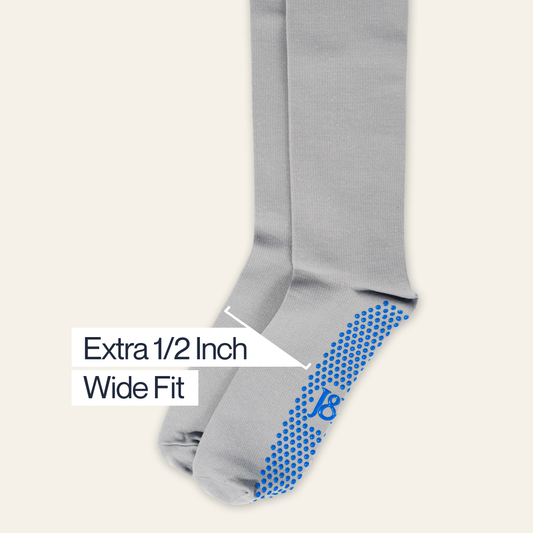
Big-Grip No-Slip Compression Socks: 3-Pack
Sale Sold outRegular price $44Regular priceUnit price per$54Sale price $44Only 31 left in stock — don’t miss out!
View Full Product DetailsCouldn't load pickup availability
-
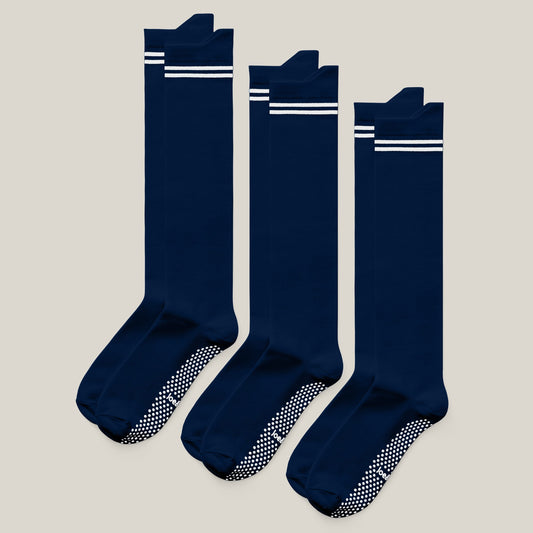 19% OffRegular price $44Regular priceUnit price per
19% OffRegular price $44Regular priceUnit price per$54Sale price $4419% Off
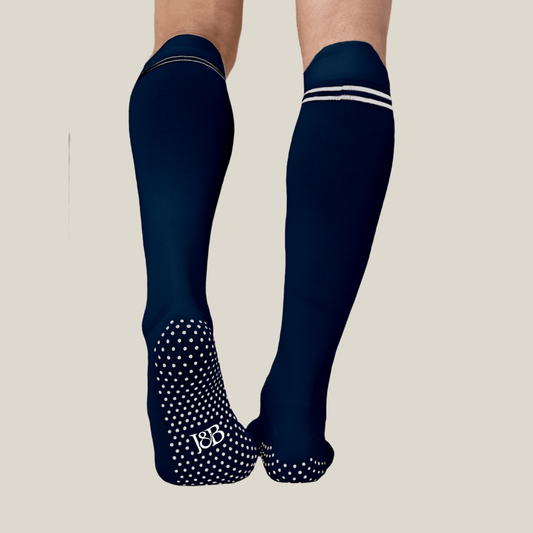
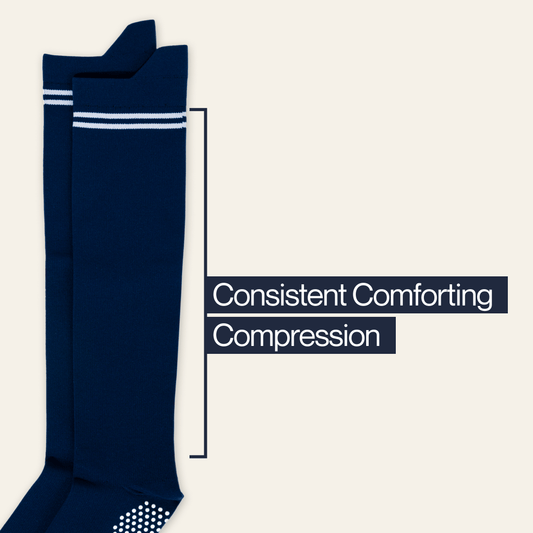

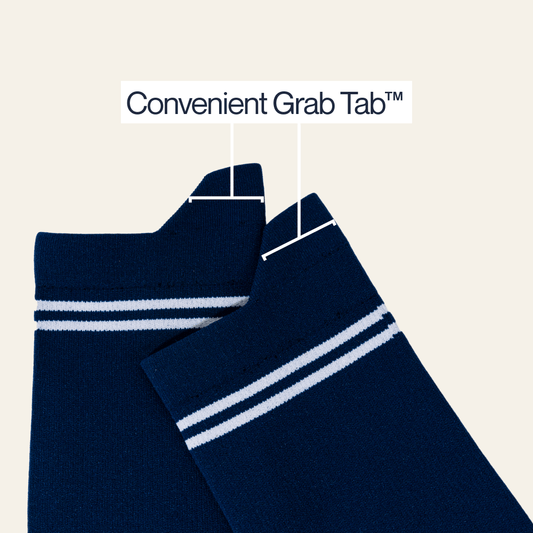
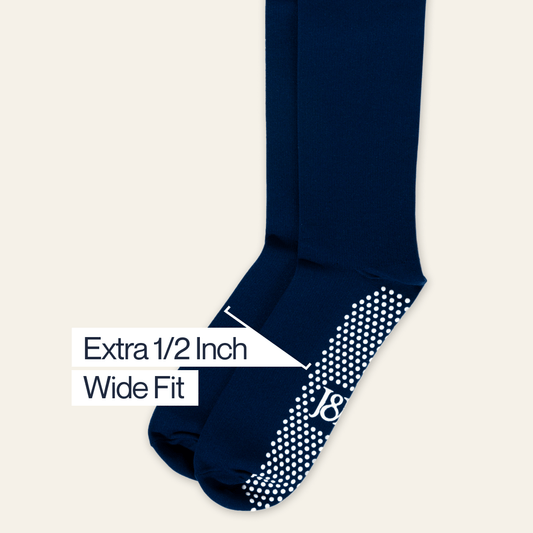
Big-Grip No-Slip Compression Socks: 3-Pack
Sale Sold outRegular price $44Regular priceUnit price per$54Sale price $44Only 31 left in stock — don’t miss out!
View Full Product DetailsCouldn't load pickup availability
-
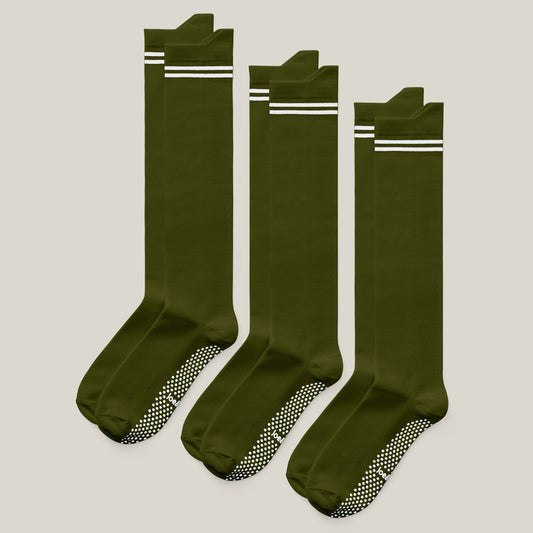 19% OffRegular price $44Regular priceUnit price per
19% OffRegular price $44Regular priceUnit price per$54Sale price $4419% Off
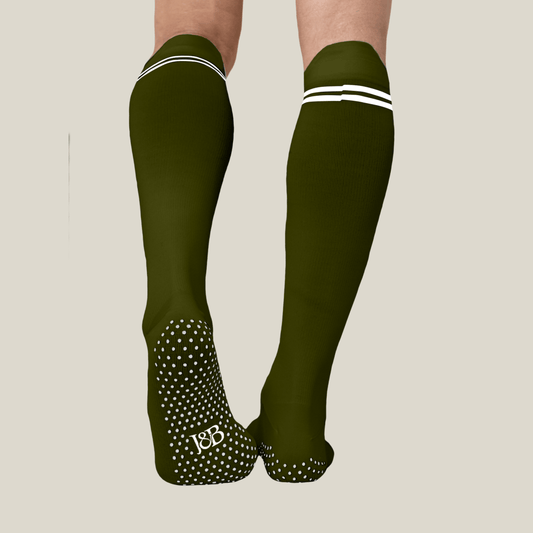
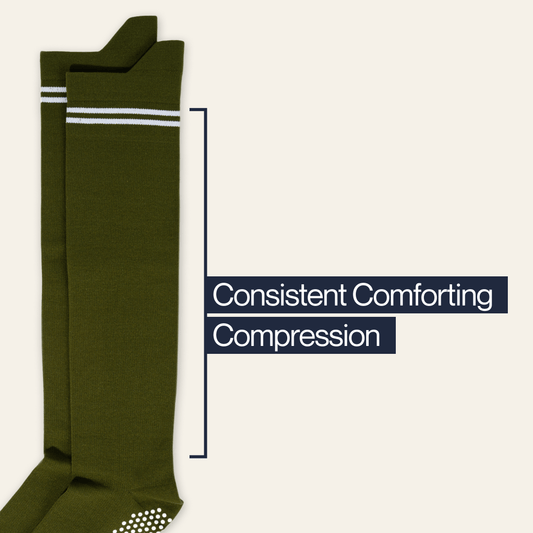
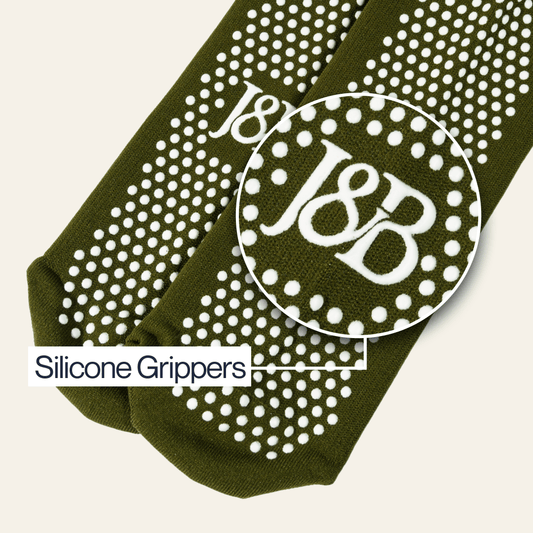
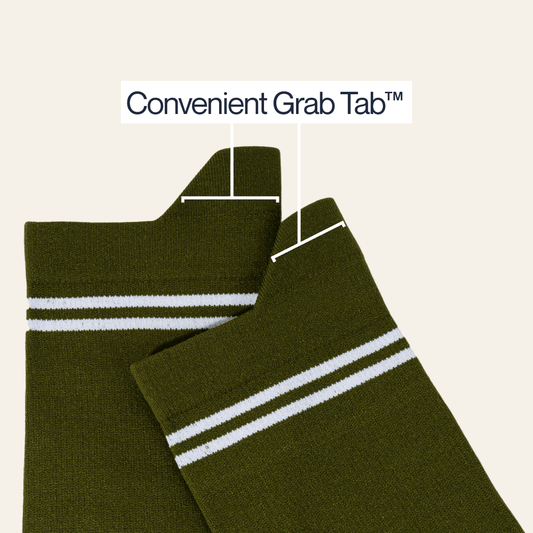

Big-Grip No-Slip Compression Socks: 3-Pack
Sale Sold outRegular price $44Regular priceUnit price per$54Sale price $44Only 31 left in stock — don’t miss out!
View Full Product DetailsCouldn't load pickup availability
-
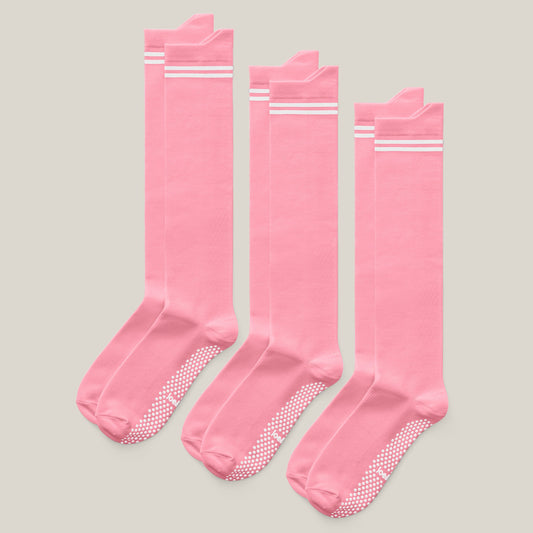 19% OffRegular price $44Regular priceUnit price per
19% OffRegular price $44Regular priceUnit price per$54Sale price $4419% Off
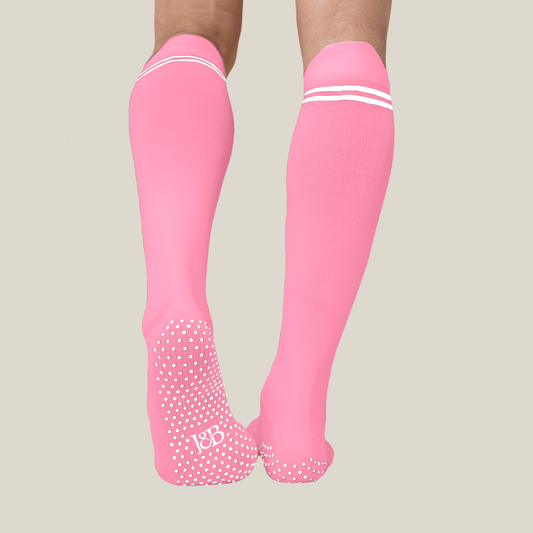
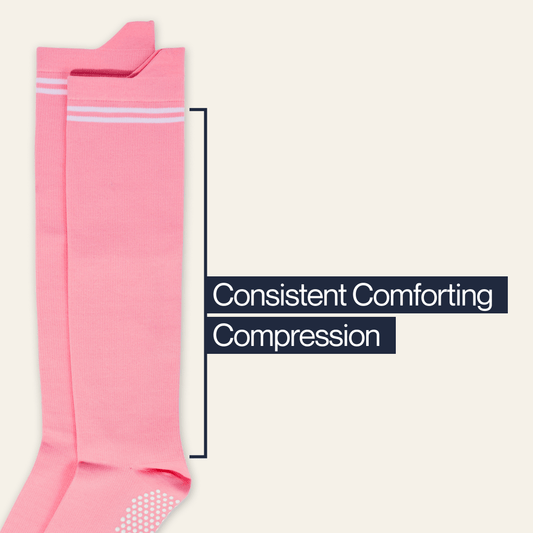
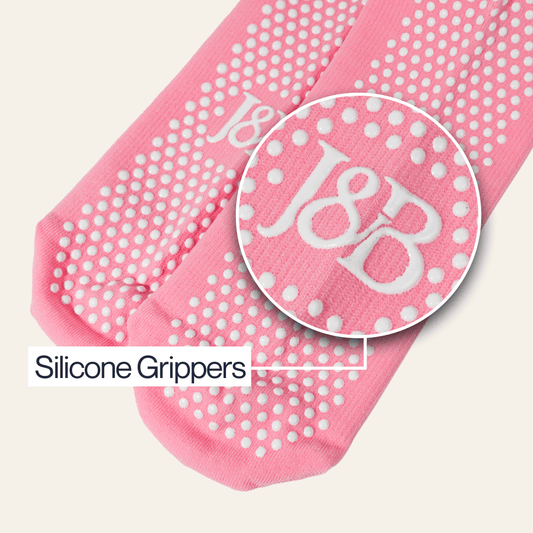
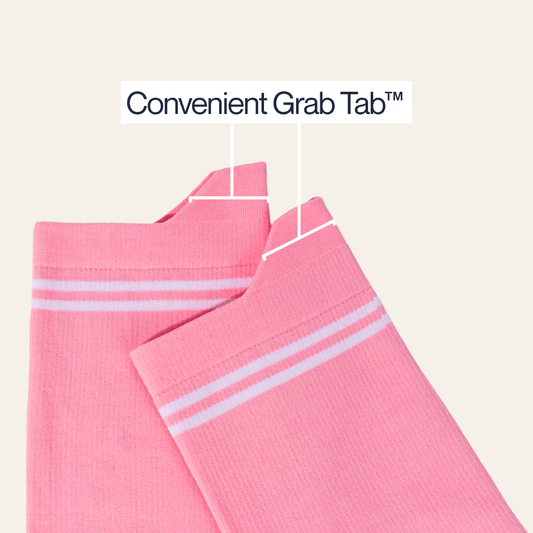
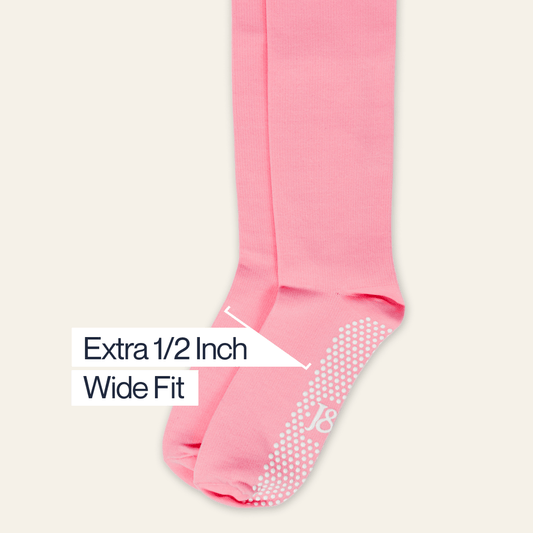
Big-Grip No-Slip Compression Socks: 3-Pack
Sale Sold outRegular price $44Regular priceUnit price per$54Sale price $44Only 31 left in stock — don’t miss out!
View Full Product DetailsCouldn't load pickup availability
-
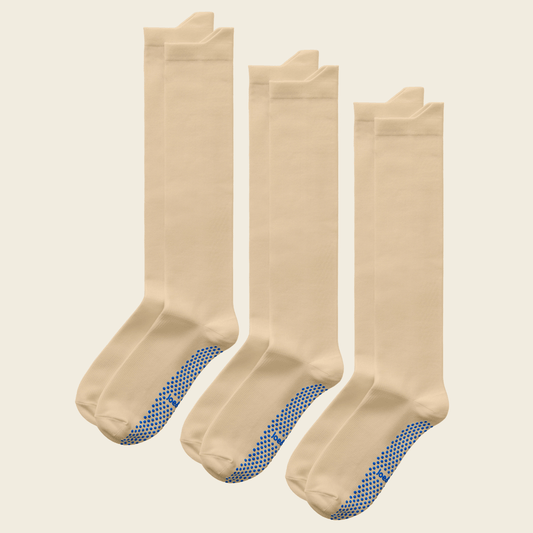 Regular price $54Regular priceUnit price per
Regular price $54Regular priceUnit price per$54Sale price $540% Off

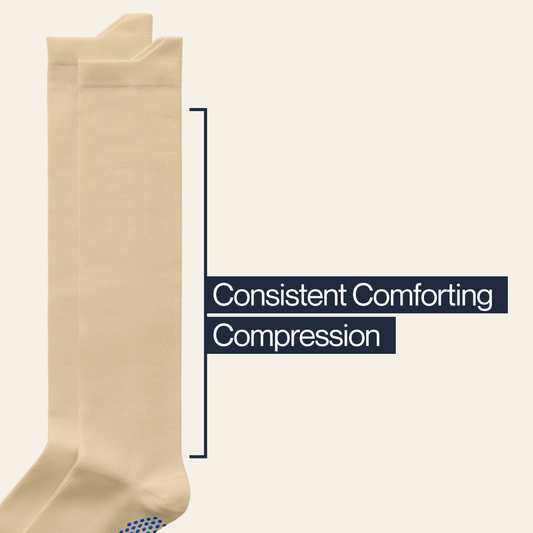
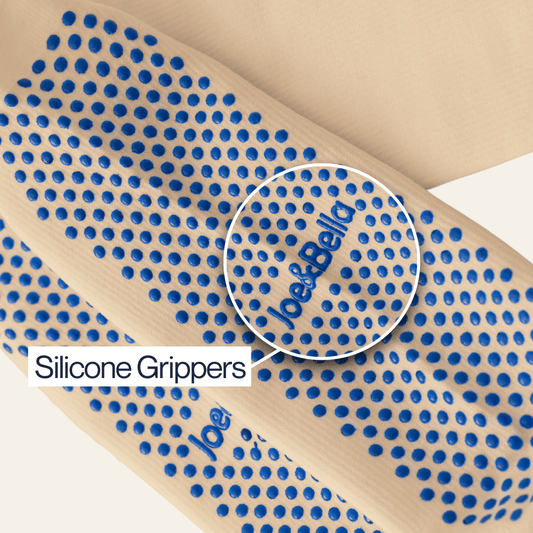
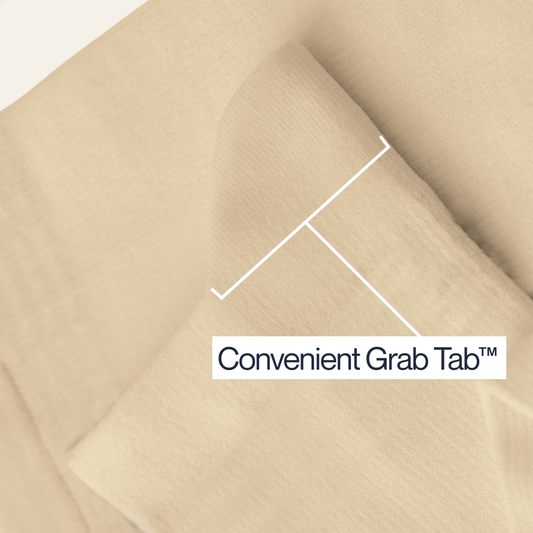
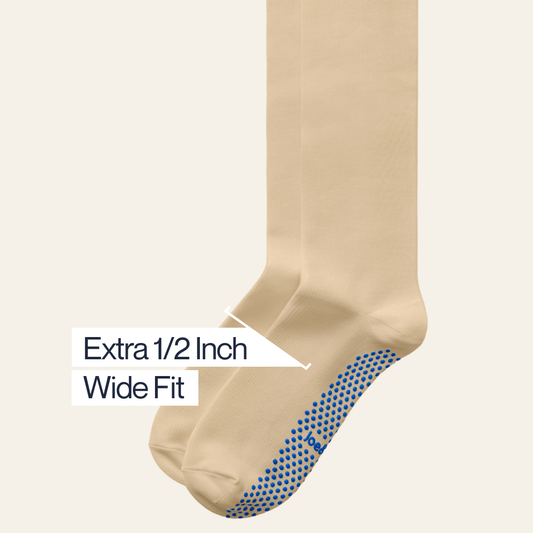
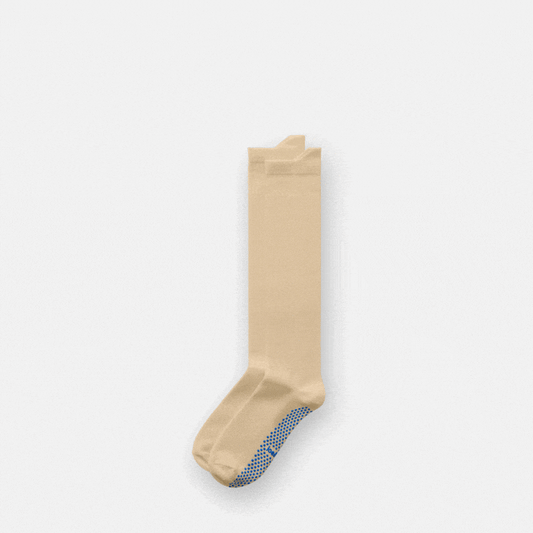
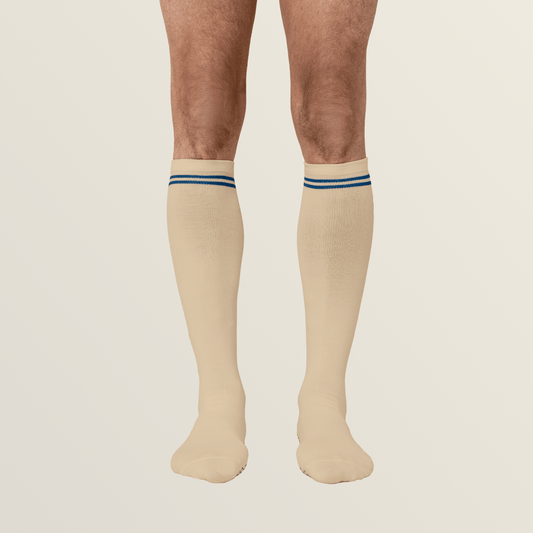
Big-Grip No-Slip Compression Socks: 3-Pack
Sale Sold outRegular price $44Regular priceUnit price per$54Sale price $44Only 31 left in stock — don’t miss out!
View Full Product DetailsCouldn't load pickup availability
-
Short-Sleeve Everyday Magnetic-Button Shirt
Regular price $88Regular priceUnit price per$108Sale price $8819% Off -
 Best Seller 19% Off
Best Seller 19% OffEveryday Magnetic Button-Down | Tailored-Fit
Regular price $88Regular priceUnit price per$108Sale price $8819% Off -
 11% Off
11% OffEveryday Magnetic Button Blouse
Regular price $78Regular priceUnit price per$88Sale price $7811% Off -
Signature Magnetic Zip-Up Sweater For Men
Regular price $128Regular priceUnit price per$128Sale price $128 -
 19% Off
19% OffEveryday Magnetic Flannel
Regular price $88Regular priceUnit price per$108Sale price $8819% Off -
Magnetic Button-Down | Relaxed-Fit
Regular price $88Regular priceUnit price per$108Sale price $8819% Off -
 23% Off
23% OffEveryday Gripper Socks 3-Pack
Regular price $34Regular priceUnit price per$44Sale price $3423% Off -
Big-Grip No-Slip Compression Socks: 3-Pack
Regular price $44Regular priceUnit price per$54Sale price $4419% Off
Adaptive clothing for the blind serves as an integral component of independence and comfort. This article delves into the world of blind fashion tailored for those with visual impairments, exploring the features that make these garments indispensable, the considerations when selecting such clothing, and how Joe & Bella's adaptive clothing enhances the lives of those with visual challenges.
Types of Adaptive Clothing for the Blind
Adaptive Pants
Adaptive pants for the visually impaired often feature tactile clothing elements like markers on the clothes that help the wearer discern the front from the back. Adaptive pants for the blind often feature easy-to-manage closures like Velcro or magnetic buttons that make dressing simpler. These adaptive pants for men and adaptive pants for women might also have adjustable waistbands and accessible pockets strategically positioned to aid those with visual impairments.
Adaptive Tops
Adaptive tops are designed with easy-open necklines and front closures that simplify the dressing blind process. These adaptive clothing for women often incorporate distinct tactile clothing cues to help identify the front and back, aiding individuals in dressing independently and correctly.
Adaptive Shirts
Like other adaptive tops, adaptive shirts might include magnetic buttons or touch-friendly zippers that are easy to use for those who cannot rely on sight. Magnetic buttons are much easier to find and secure since they don't require that much accuracy when connecting each side. These shirts with magnetic buttons can come with textured labels or tags to help identify color and care instructions tactilely.
Adaptive Bras
Adaptive bras for the visually impaired are designed to make dressing blind easier and simpler, often featuring front closures that are less complicated to manage than traditional hooks found at the back. They may also include braille labels to help users identify the bra size and care instructions independently. These are important innovations in blind clothing that support independence.
Adaptive Socks
Adaptive socks for the blind are often designed with non-slip grips on the soles and may feature distinct textures to help differentiate the heel and toe areas. Gripper socks can also include special loops or grab tabs that make them easier to pull up without the need to see, highlighting the importance of tactile clothing in daily life.
Adaptive Gowns
Adaptive gowns for visually impaired individuals are crafted to facilitate easy dressing and undressing. These gowns typically feature front closures with easy-to-find Velcro that can be managed without visual aid, like hospital gowns. Tactile cues on gowns help in distinguishing front from back, ensuring a smoother dressing experience.
Features of Adaptive Clothing for the Blind
Adaptive clothing helps those who are blind or have visual impairments by providing features that enhance independence and ease of use. Many of these adaptive features are of universal design and help people with various conditions, allowing for greater autonomy and comfort in daily dressing blind routines. Here are a few specific examples of different types of adaptive clothing for the blind.
Braille Labels
Adaptive clothing with braille labels helps people with visual impairments identify the color, size, and care instructions independently, enhancing their ability to select and manage their wardrobe without assistance. These innovations are key components of blind clothing solutions.
Easy-to-Identify Color Coding
Some adaptive clothes for the blind will utilize high-contrast colors and distinct patterns, these clothes make it easier for those with partial sight to distinguish their clothing options by enhancing visual cues.
Magnetic Closures
One of the simplest and universal modifications that can be made to ease dressing blind for those who are visually impaired is to wear clothes that feature magnets instead of traditional buttons and zippers. Magnetic closures allow for easy, stress-free dressing and undressing.
Velcro Fastenings
Velcro is another common feature in adaptive clothing for the blind, offering an easy alternative to buttons and zippers that can be challenging to manipulate. For some, Velcro can be even easier than a magnet since the areas that connect are larger and easier to feel. However, they might require a bit more alignment to get everything to look right, depending on the specific article of clothing.
Tactile Cues
Some garments that are specifically designed for those who are blind will incorporate tactile clothing cues, which can be felt to indicate front and back orientation, helping to ensure clothes are worn correctly and confidently.
Elastic Waistbands
Elastic waistbands in pants make it easy to pull on and off, while avoiding the use of buttons, snaps, zippers, and drawstrings—making them an ideal choice for those who dress blind and independently.
Explore our elastic waist dress pants, men's elastic waist pants, and women's elastic waist pants collections for more options.
Features of Adaptive Fashion for the Blind
Easy-to-Care for Fabrics
Blind fashion prioritizes easy-to-care-for fabrics. These materials are not only comfortable but also require minimal maintenance. They allow individuals with visual impairments to focus on more important aspects of life.
Easy-To-Put-On Clothing
One of the standout features of adaptive clothing for the blind is easy fastening. Magnetic buttons simplify the dressing blind process. They enable blind individuals to dress confidently, independently, and with ease.
Non-Slip Socks
Adaptive clothing often includes non-slip socks to enhance mobility and stability for the visually impaired. These socks, such as compression socks, minimize the risk of slips and falls, offering an added layer of security and confidence in blind fashion.
Non-Wrinkle Clothing
Wrinkle-resistant clothing ensures that individuals maintain a polished appearance throughout the day. These garments are perfect for those who may not have the means or the desire to iron their attire before each wear.
Loose Fitting & Comfortable Clothes
Tactile clothing also focuses on loose-fitting, comfortable attire that allows ease of movement. These garments prioritize comfort while maintaining a stylish look, embodying the goals of functional blind fashion.
What to Look for When Choosing Clothing for People with Visual Impairment?
When selecting clothing for individuals with visual impairments, consider elements like ease of care, fastening options, and comfort. Choose blind clothing that empowers them to navigate life confidently and comfortably.
Why Choose Adaptive Clothes for Seniors with Visual Impairment?
Adaptive clothing for the blind is designed with the unique needs of seniors in mind. These garments prioritize accessibility and comfort, empowering individuals to maintain their independence and dignity while dressing blind.
How Joe & Bella's Adaptive Clothing Helps the Blind?
Joe & Bella's blind clothing collection enhances the lives of those with visual impairments. Our clothing goes beyond style, offering independence and comfort. We understand that dressing blind can be a challenge, and we ensure that our adaptive designs reflect a commitment to practicality, confidence, and style.
At Joe & Bella, we're dedicated to making a difference in the lives of individuals with visual impairments through tactile clothing that offers confidence, convenience, and style. We're proud to contribute to the evolving world of blind fashion with inclusive, empowering options.
Related collections:
Gripper Socks | Side Zips | Men's Adaptive Clothing | Compression Socks | Women's Elastic Waist Pants
